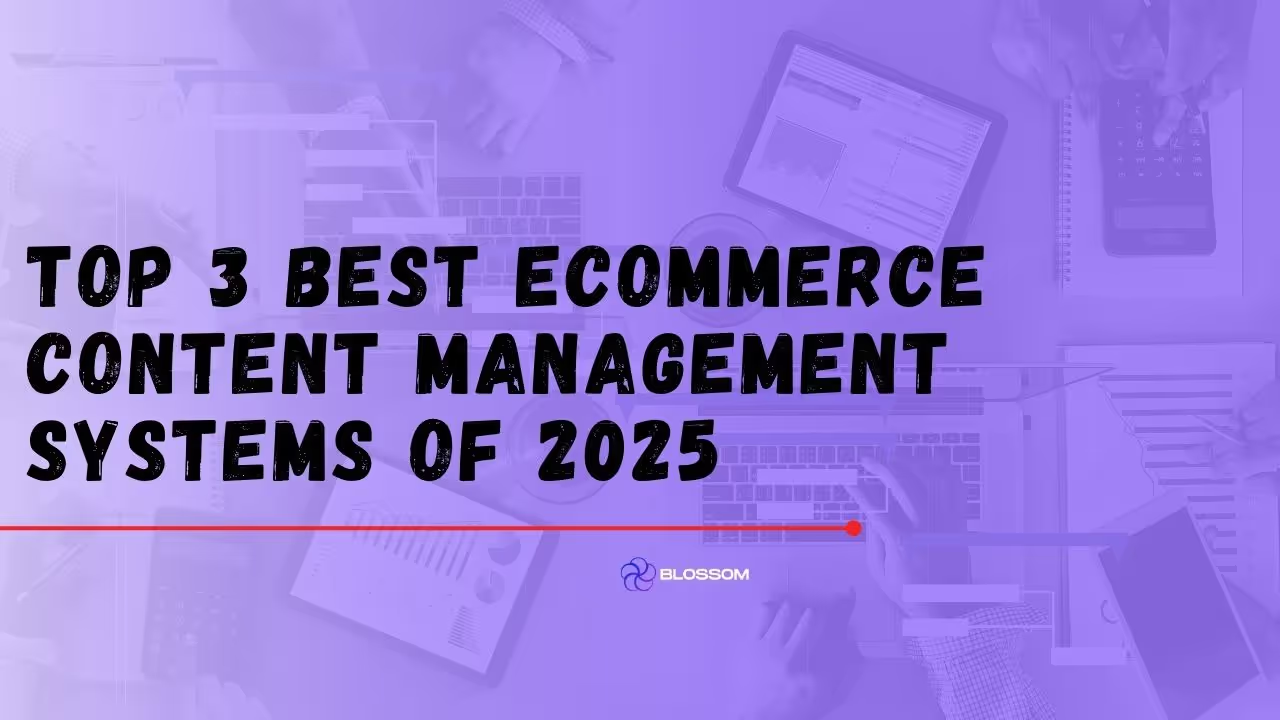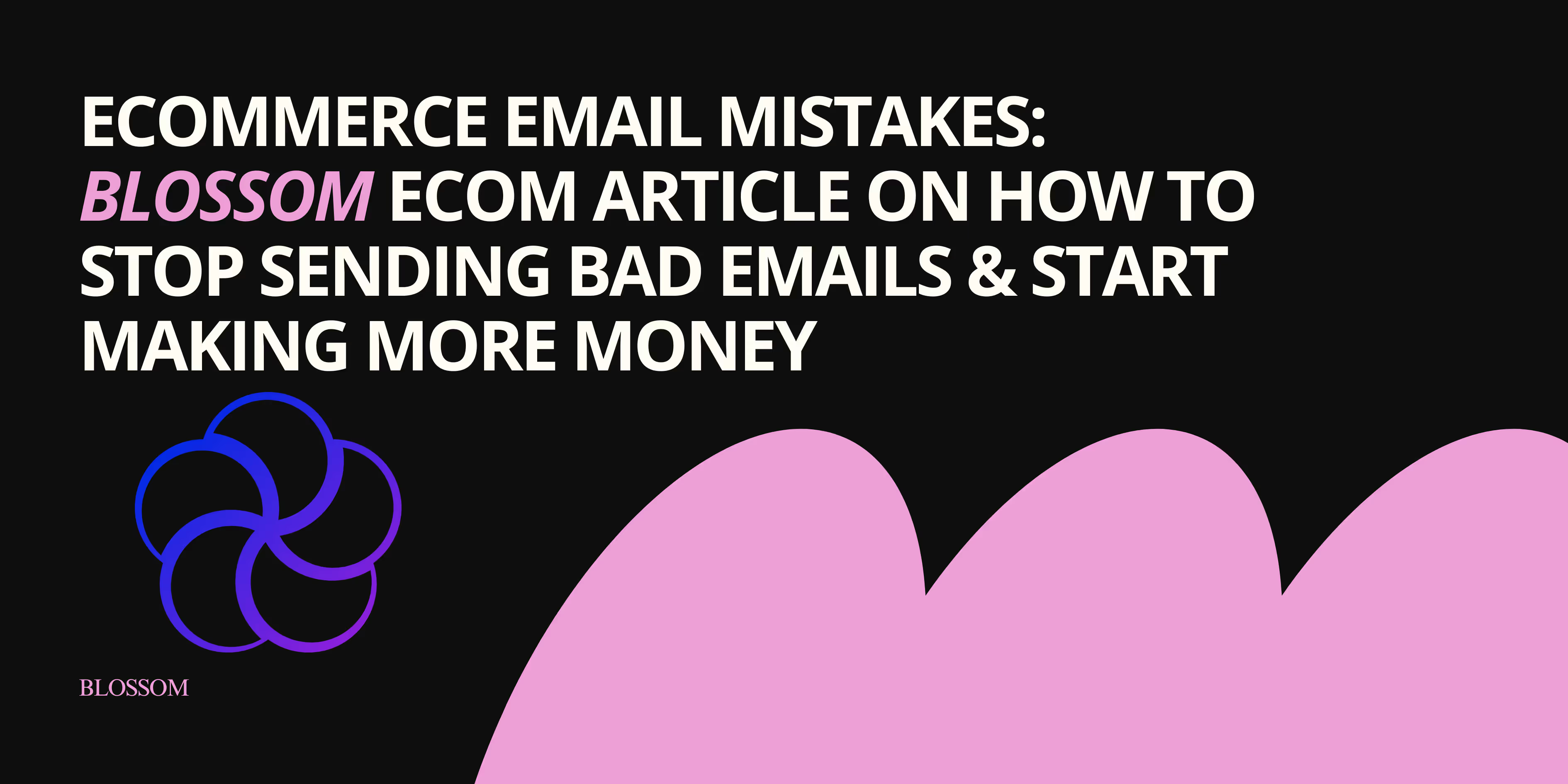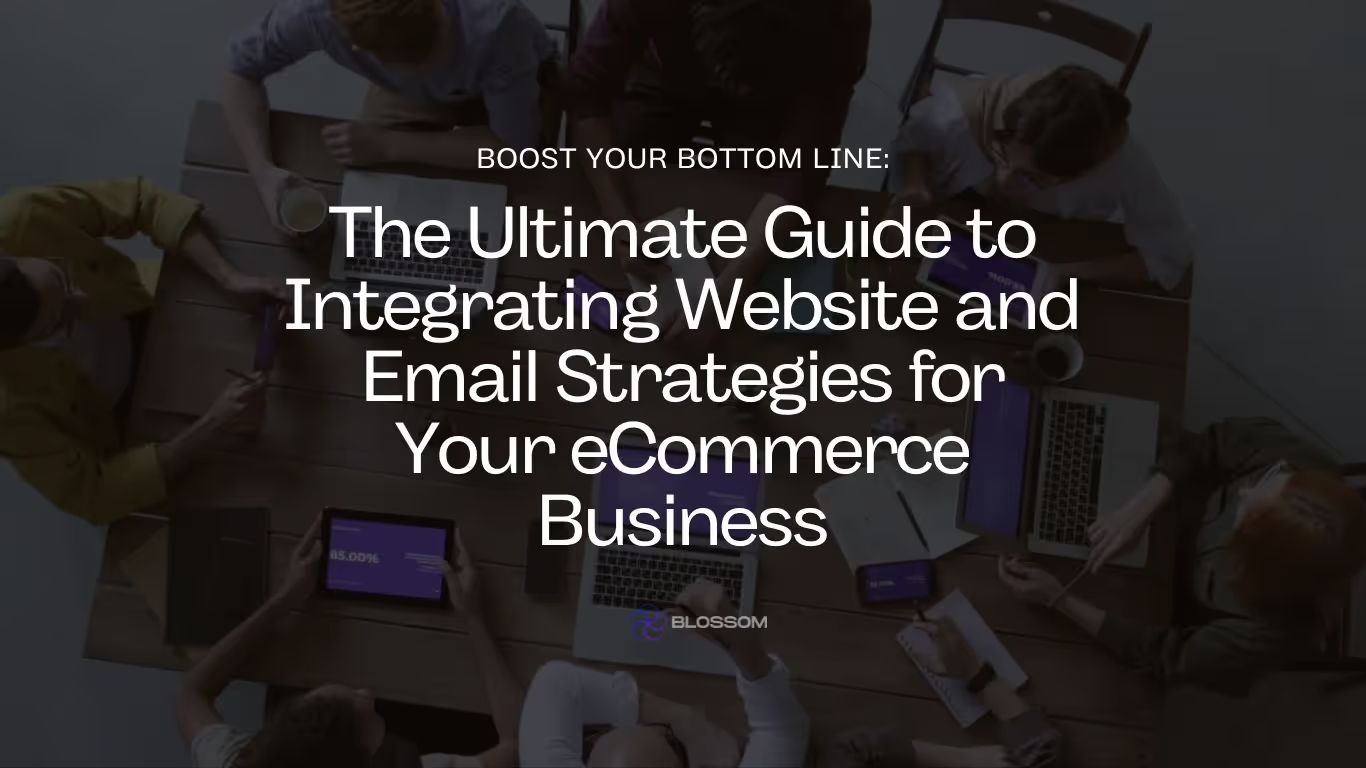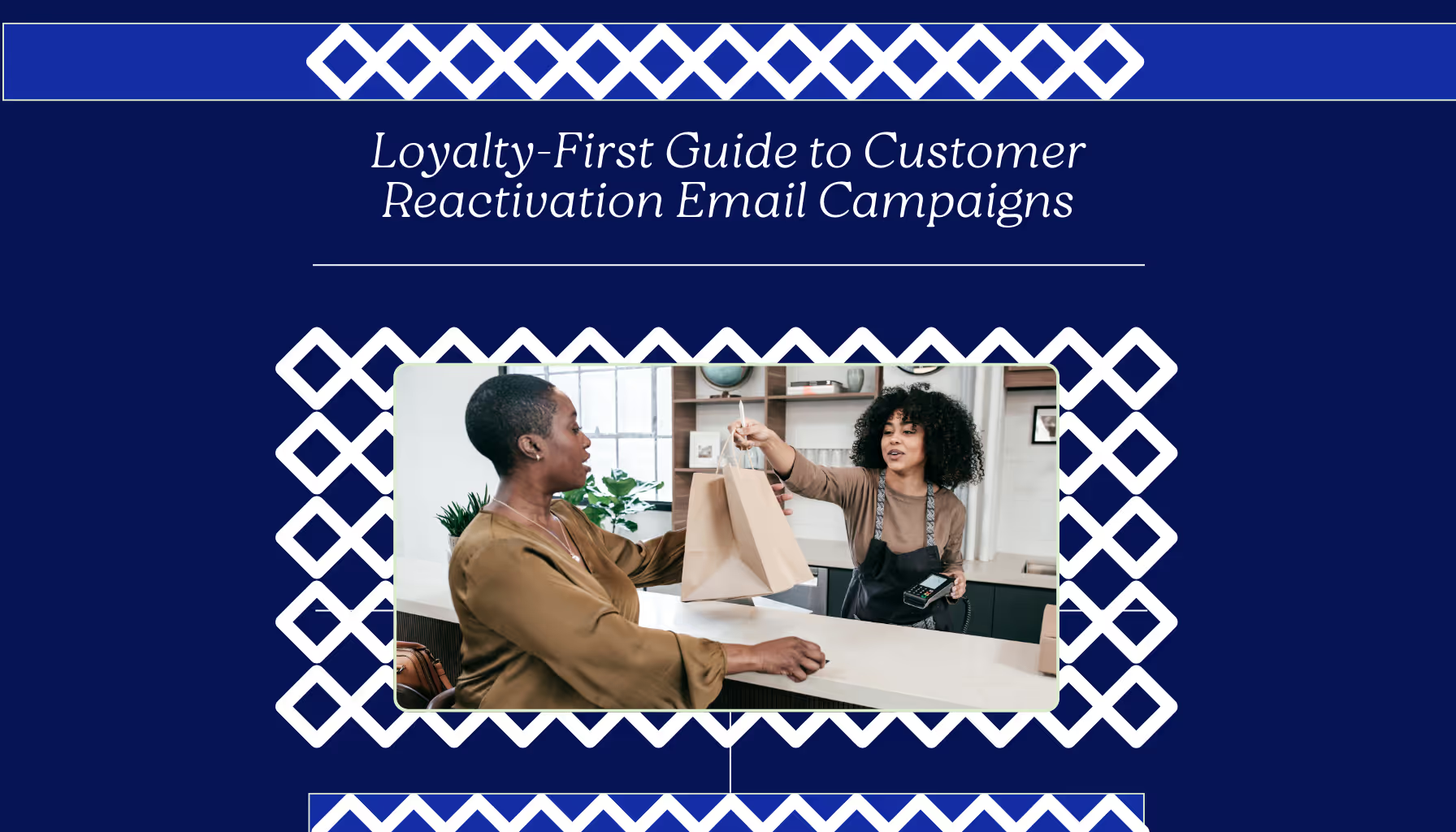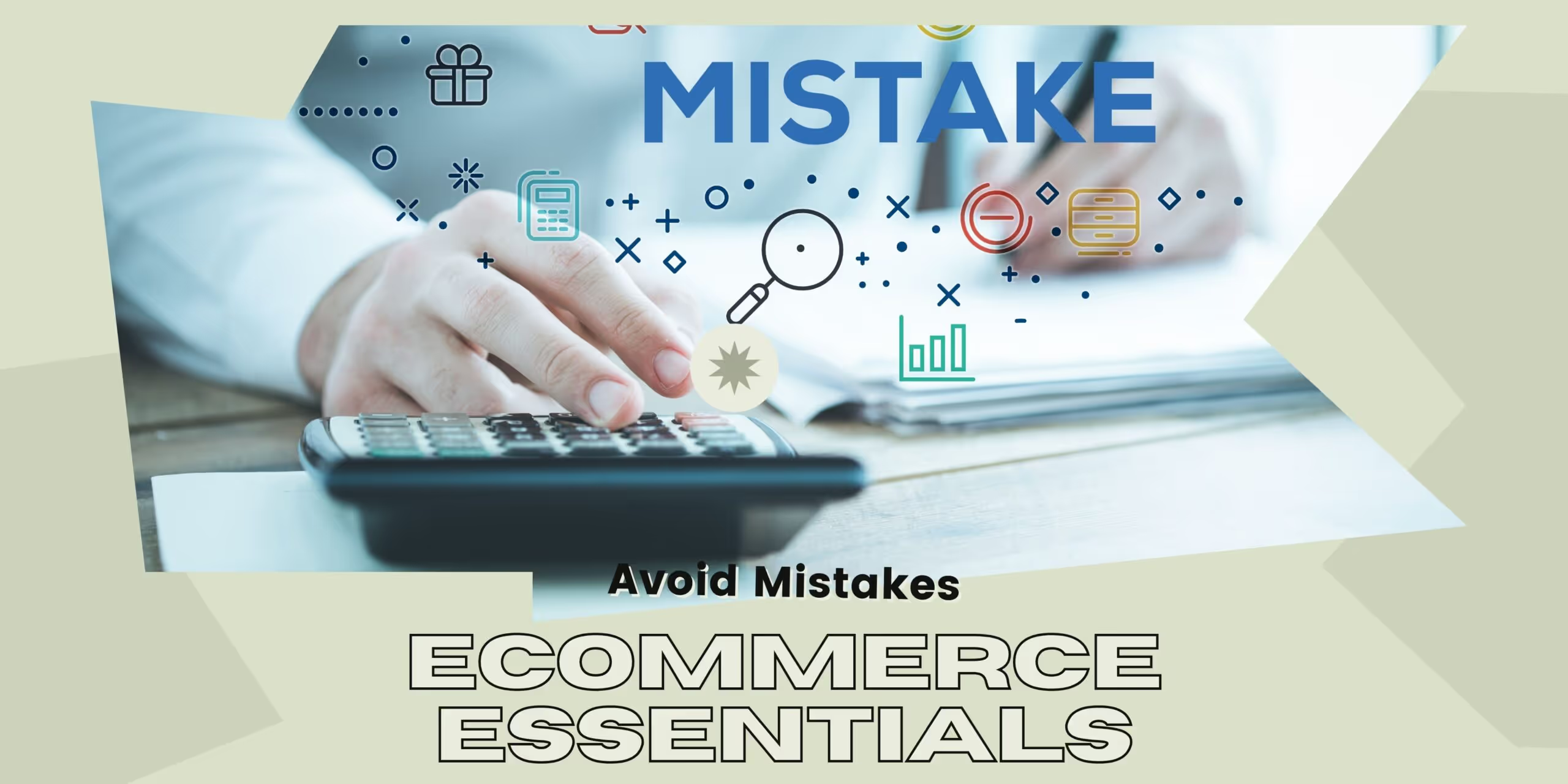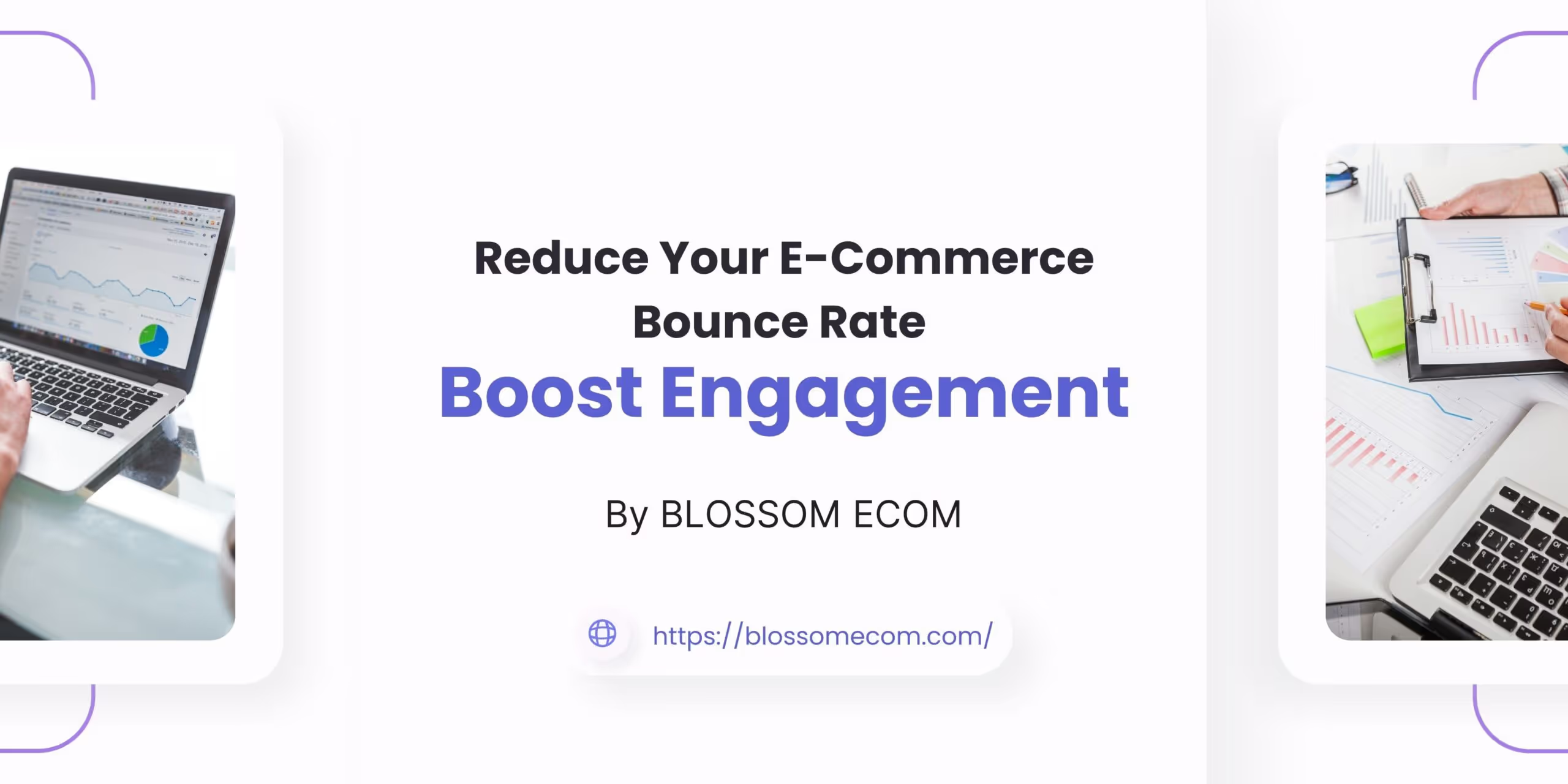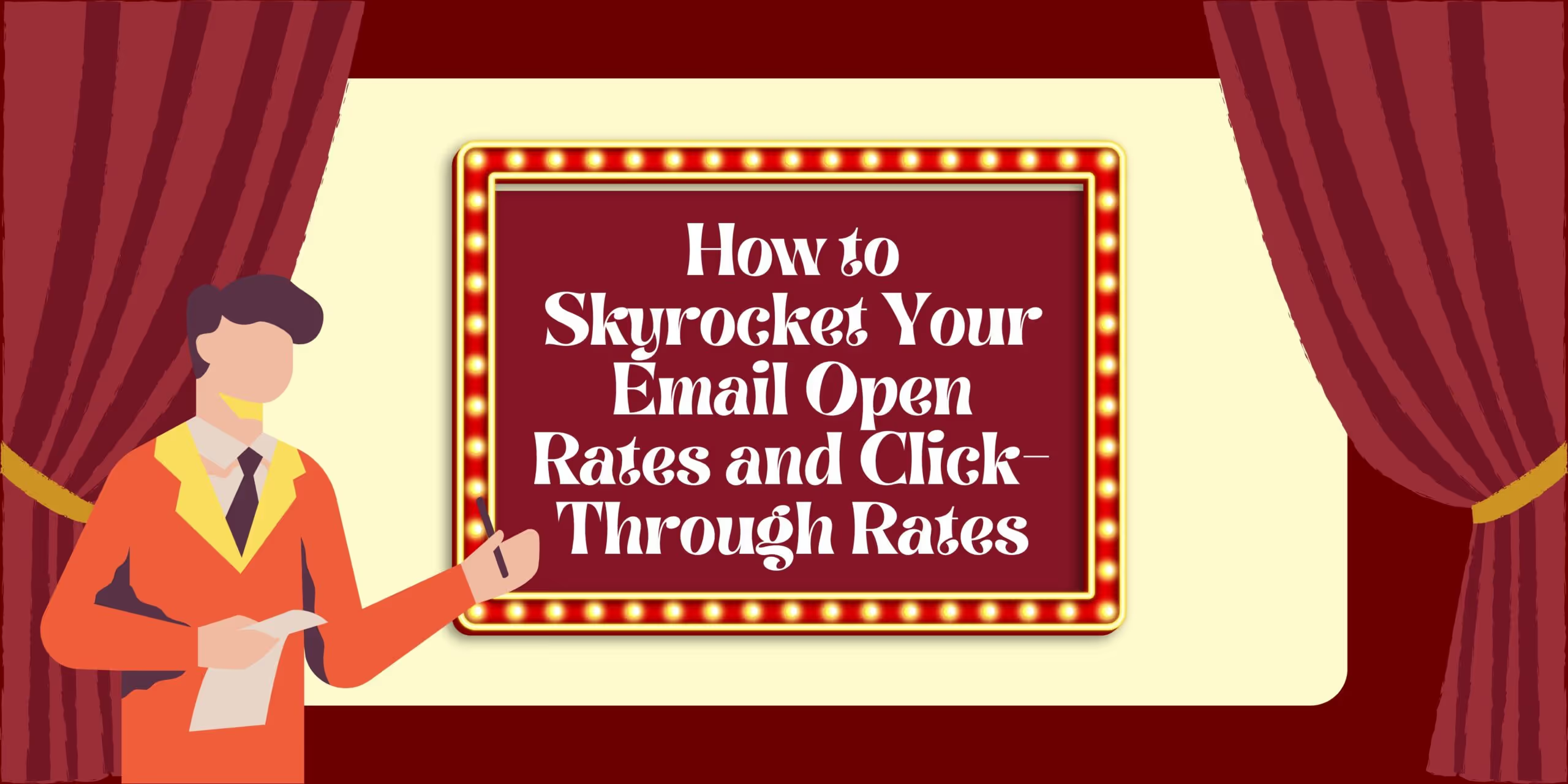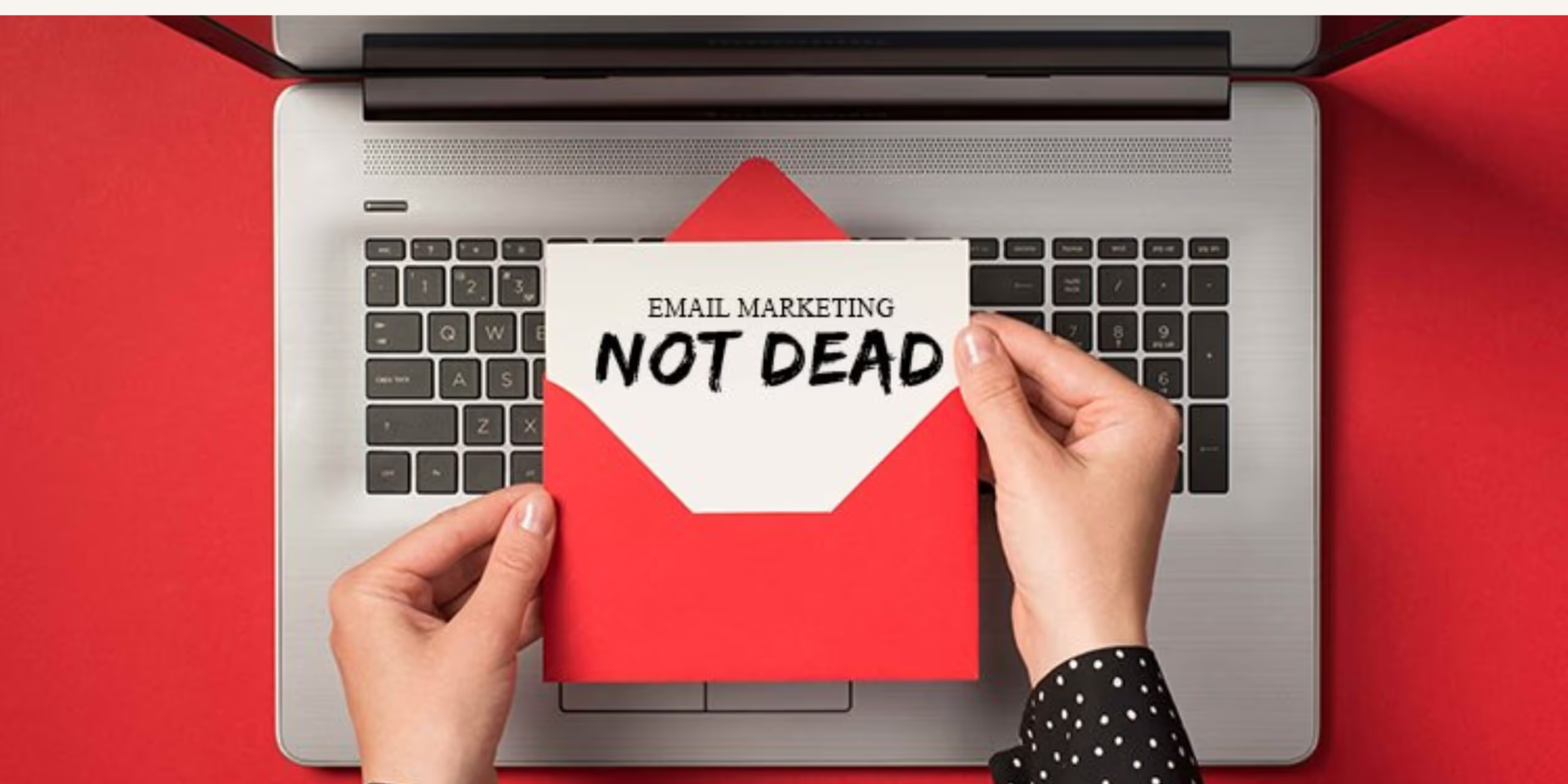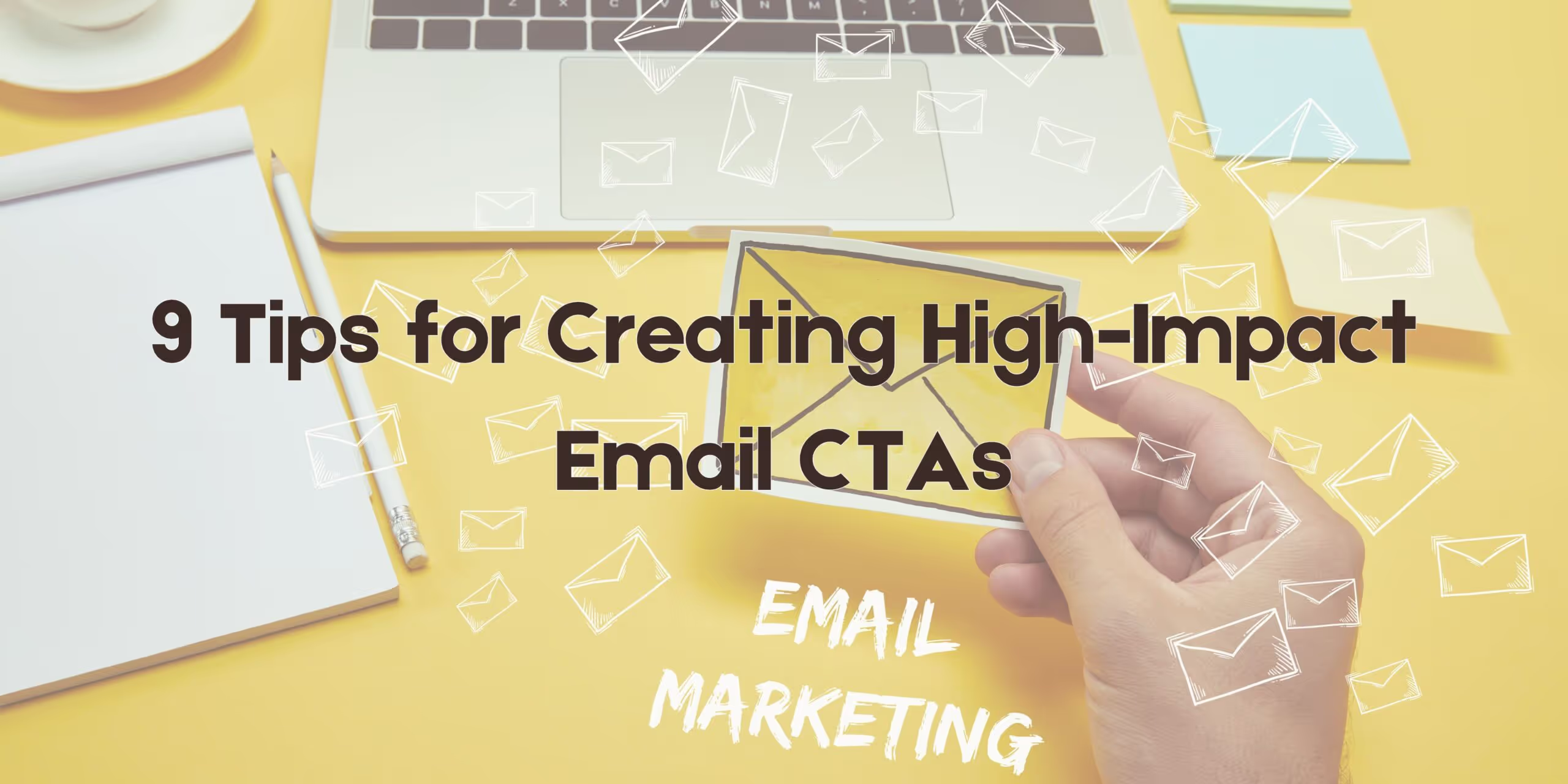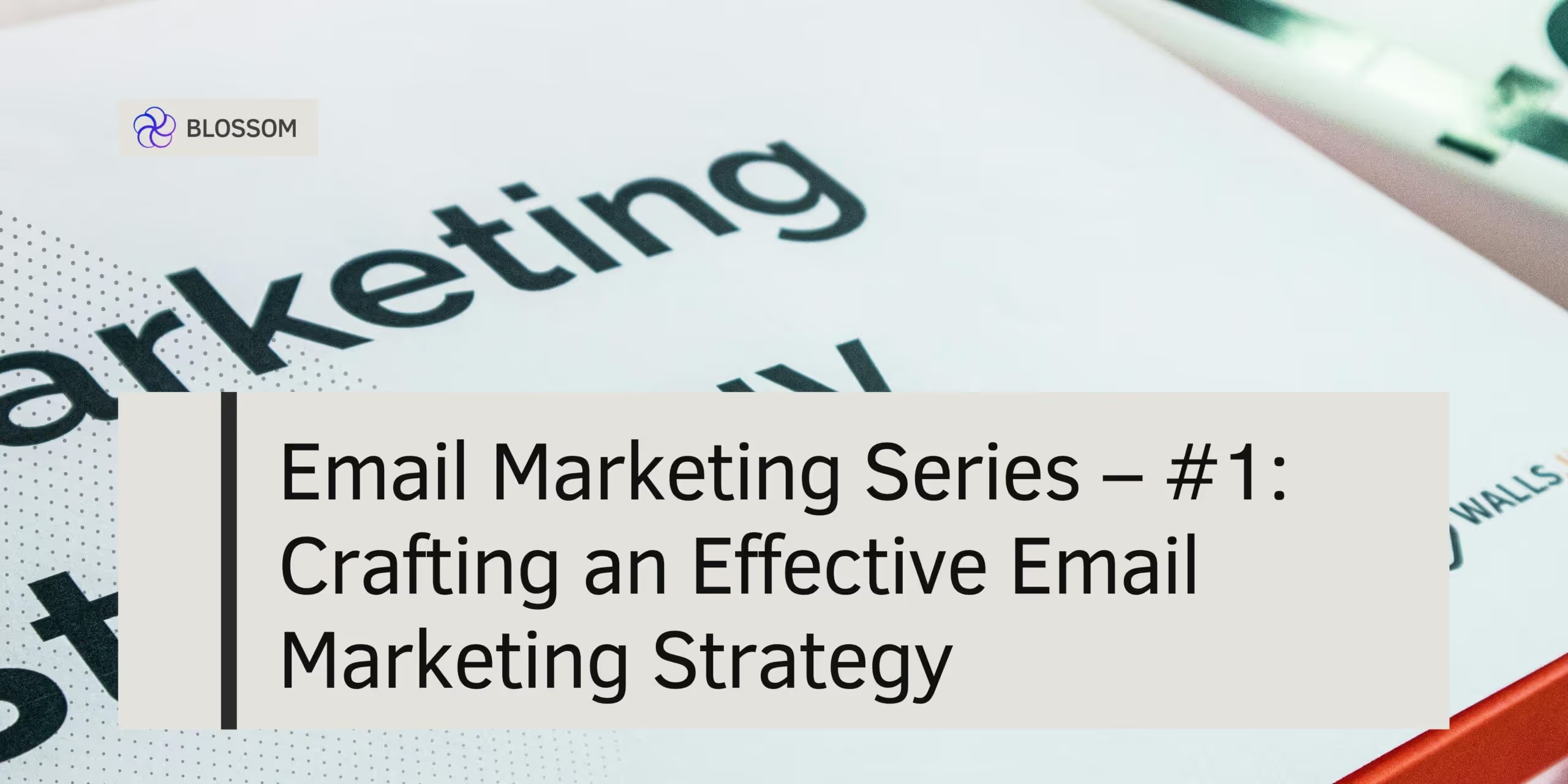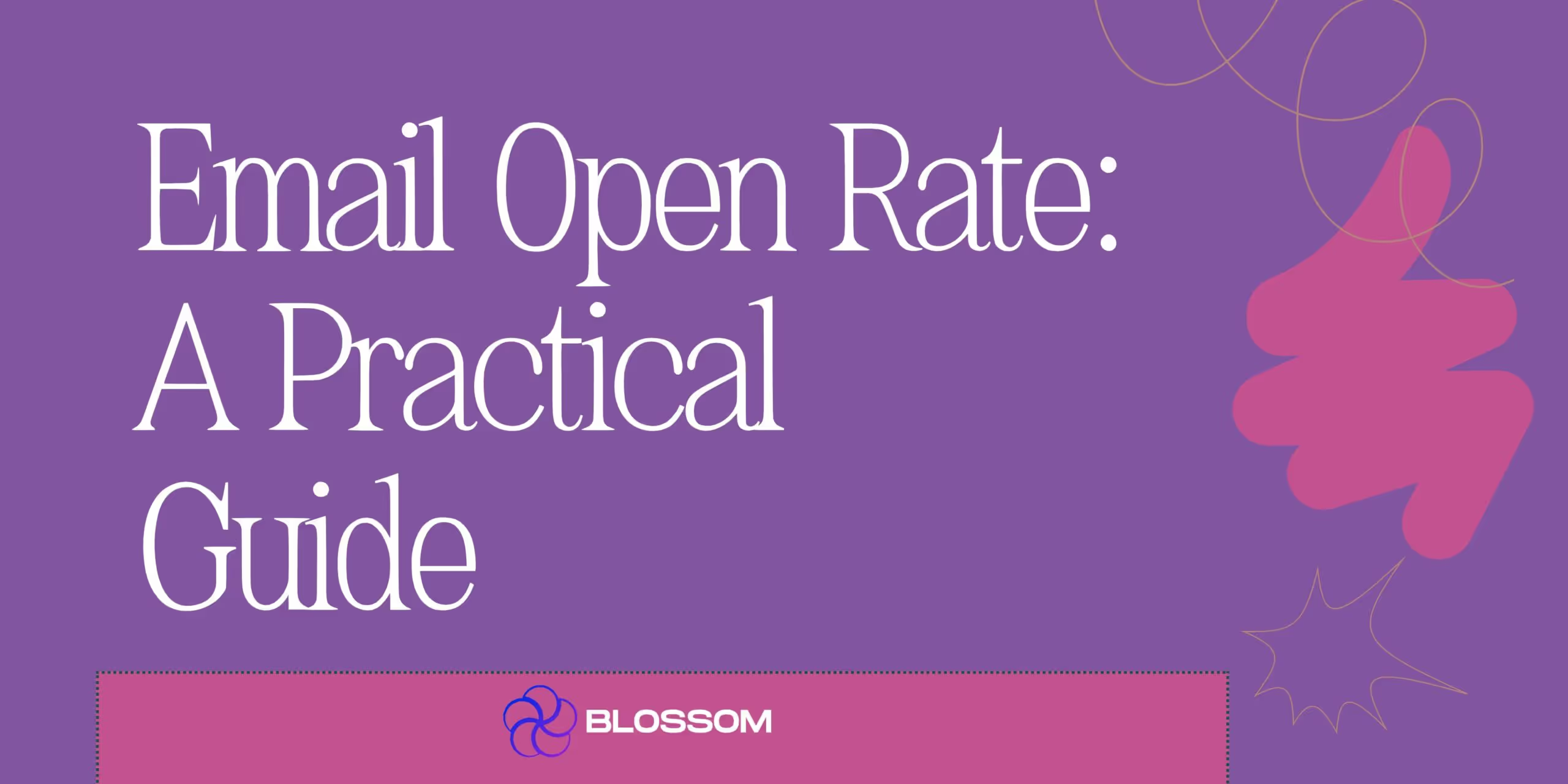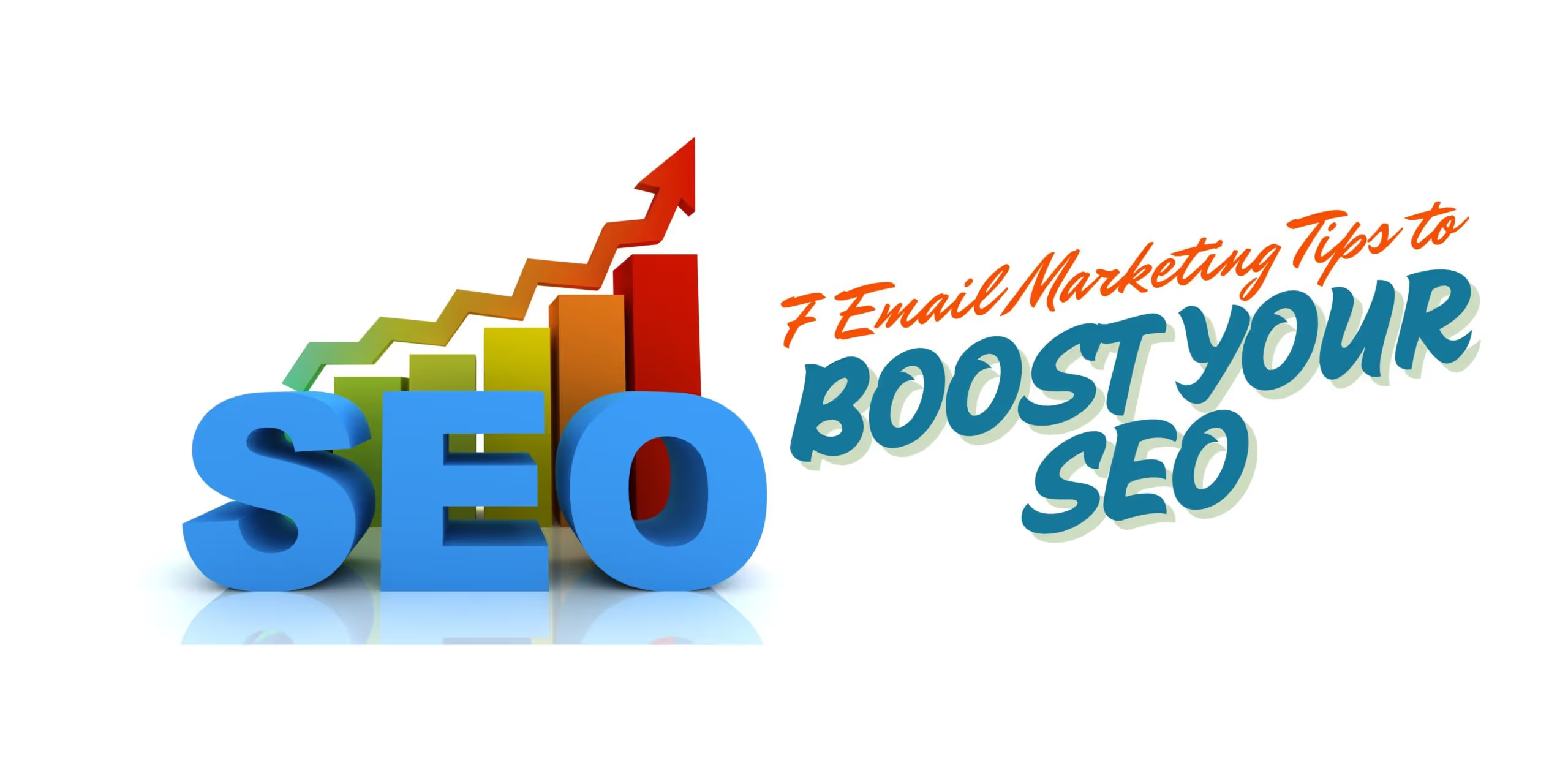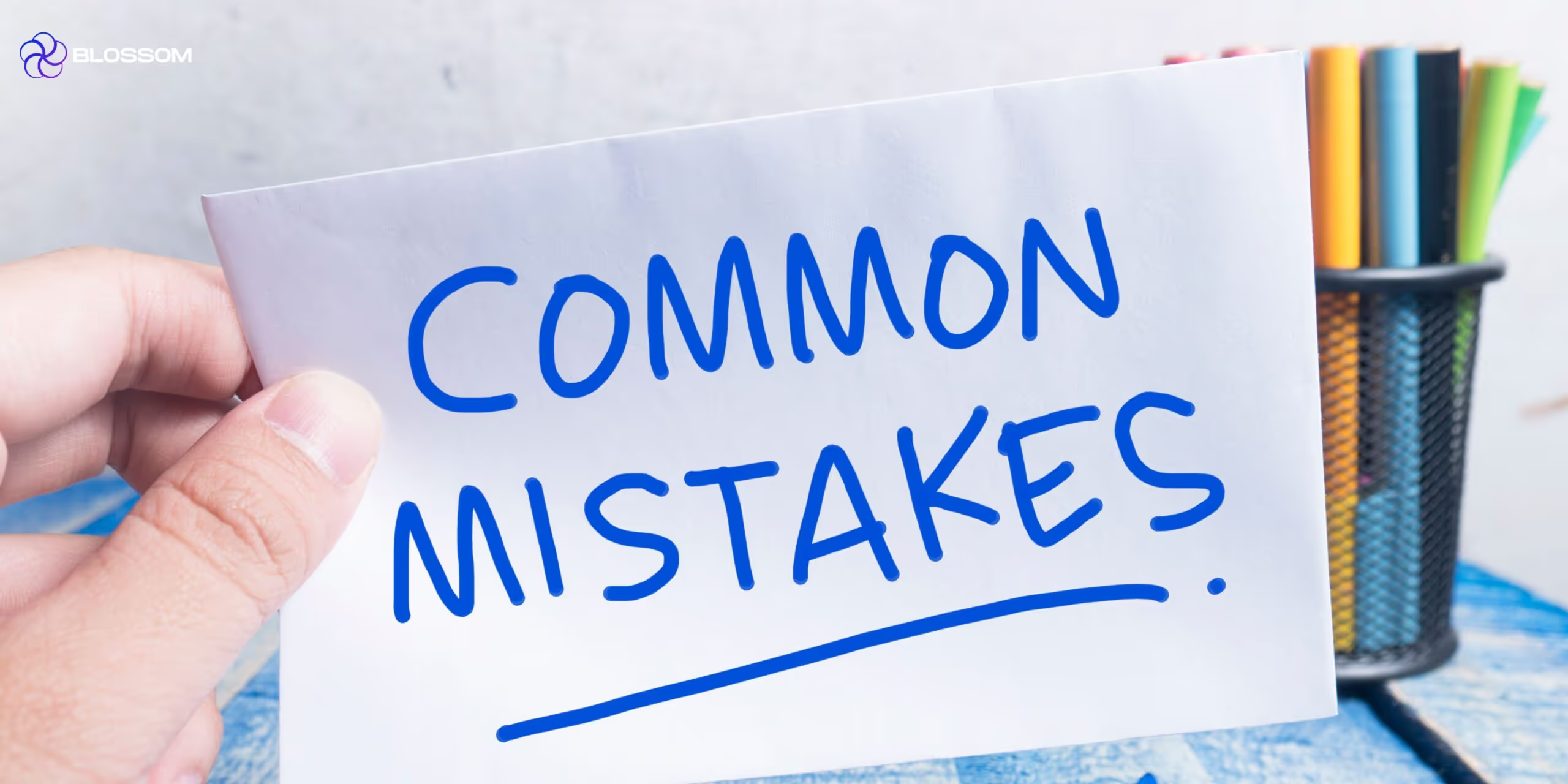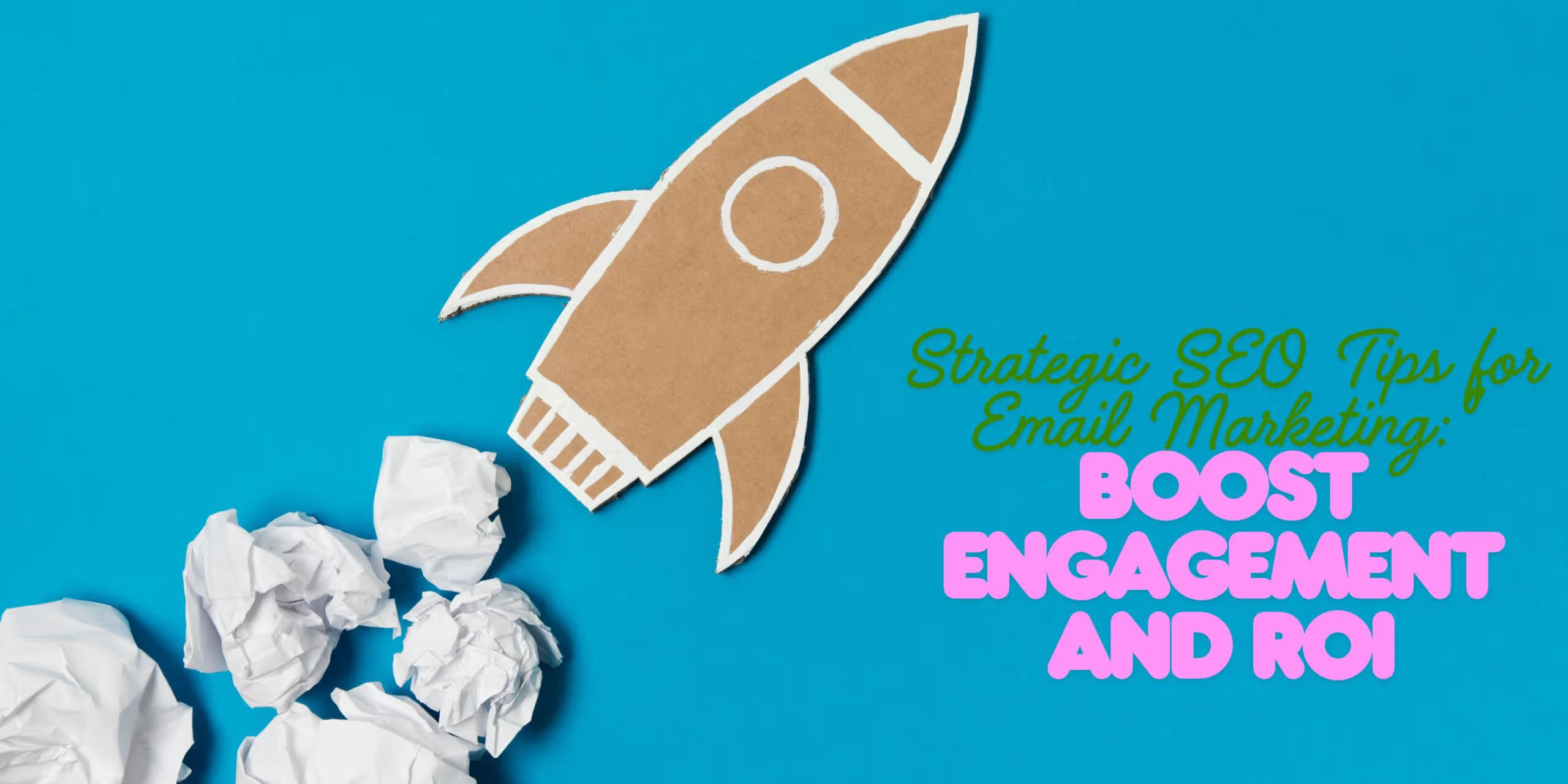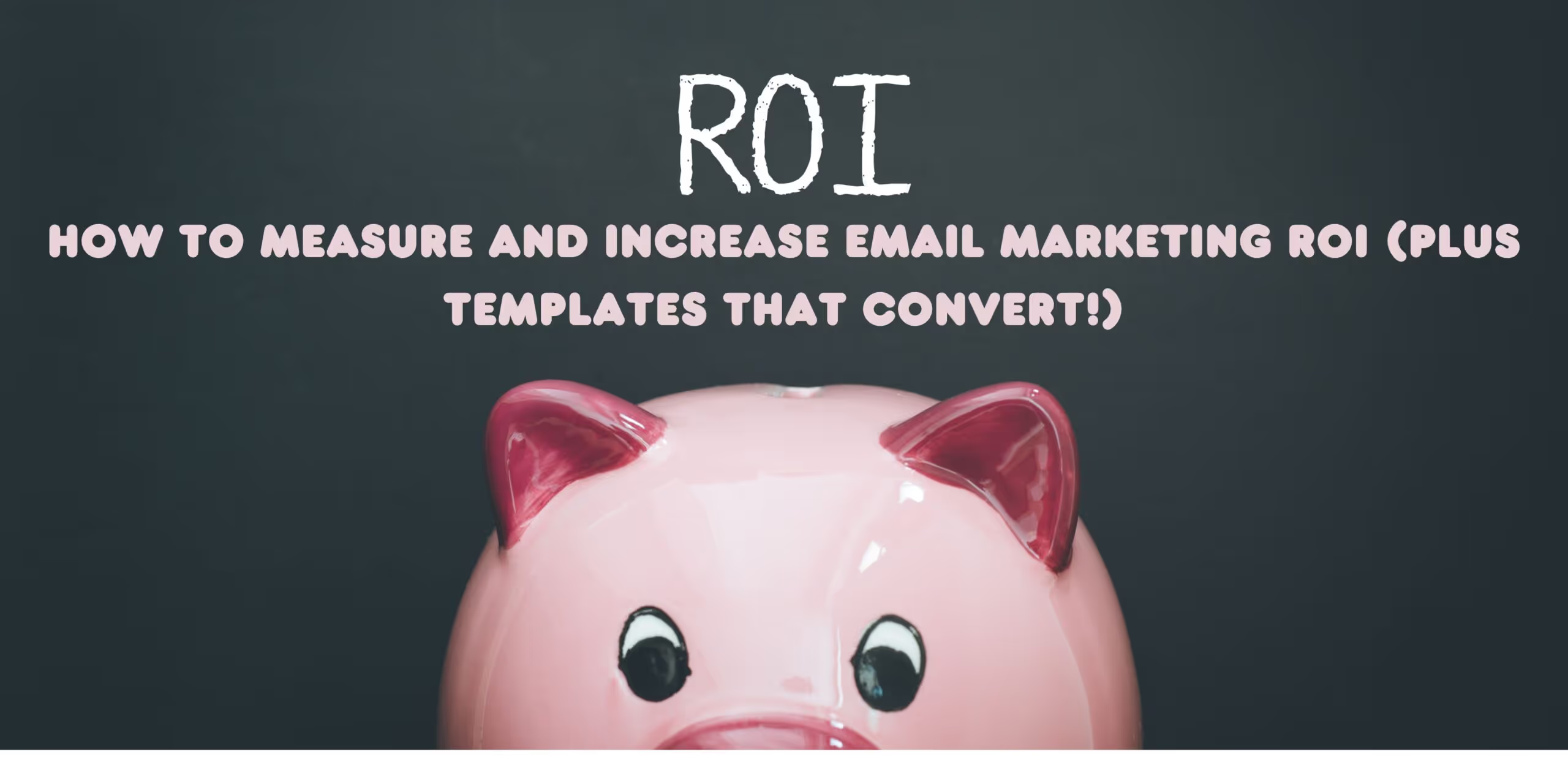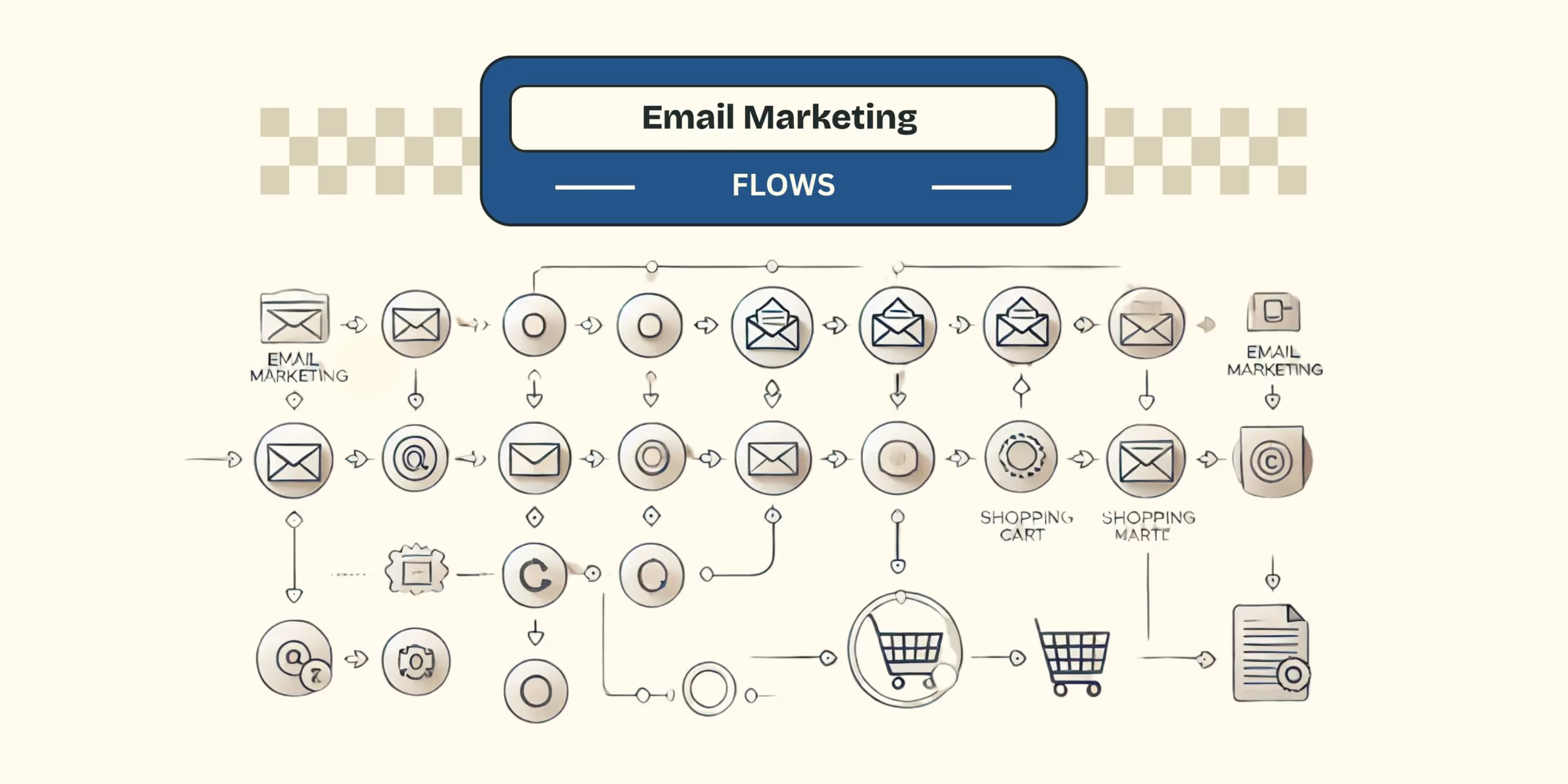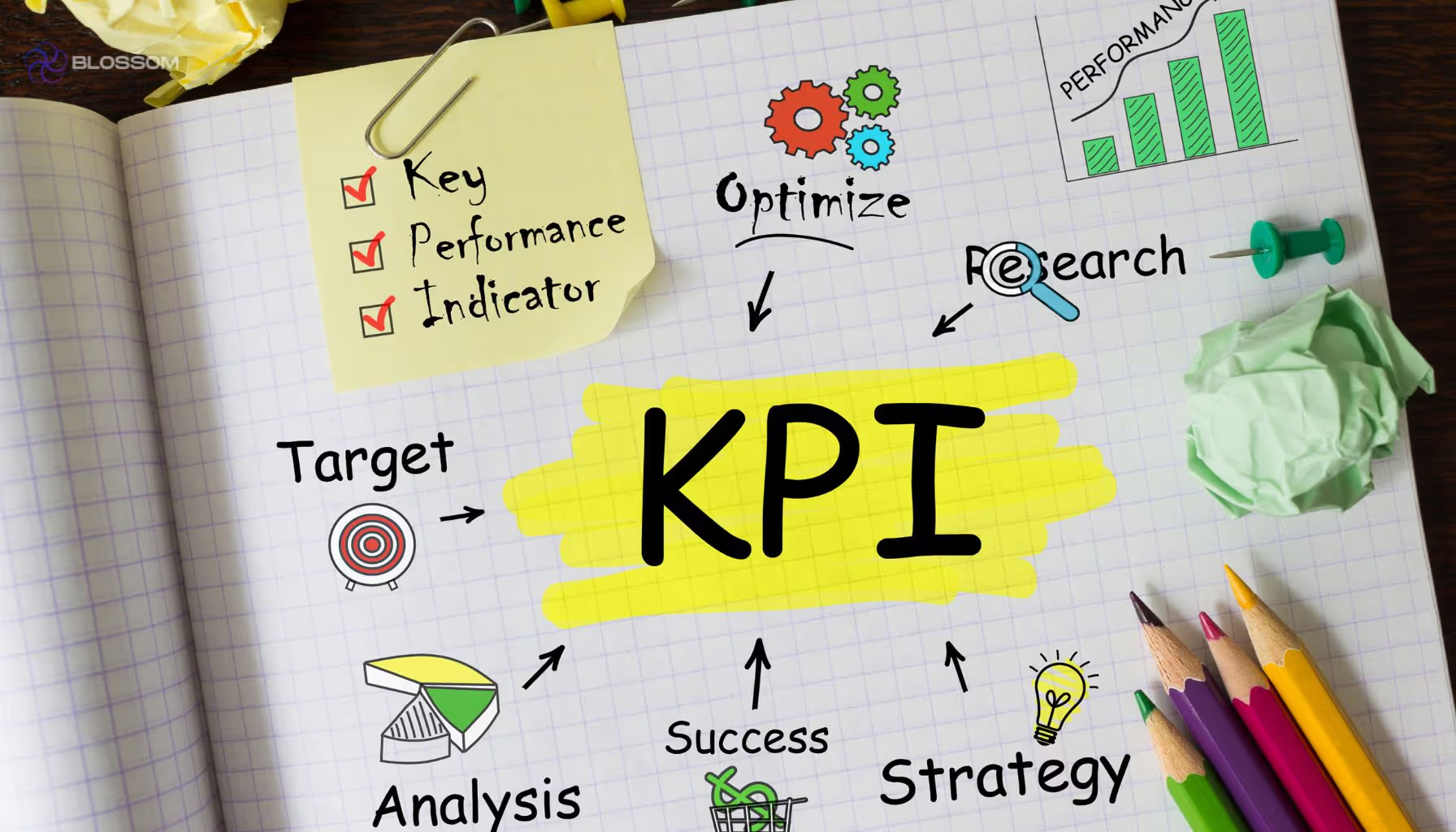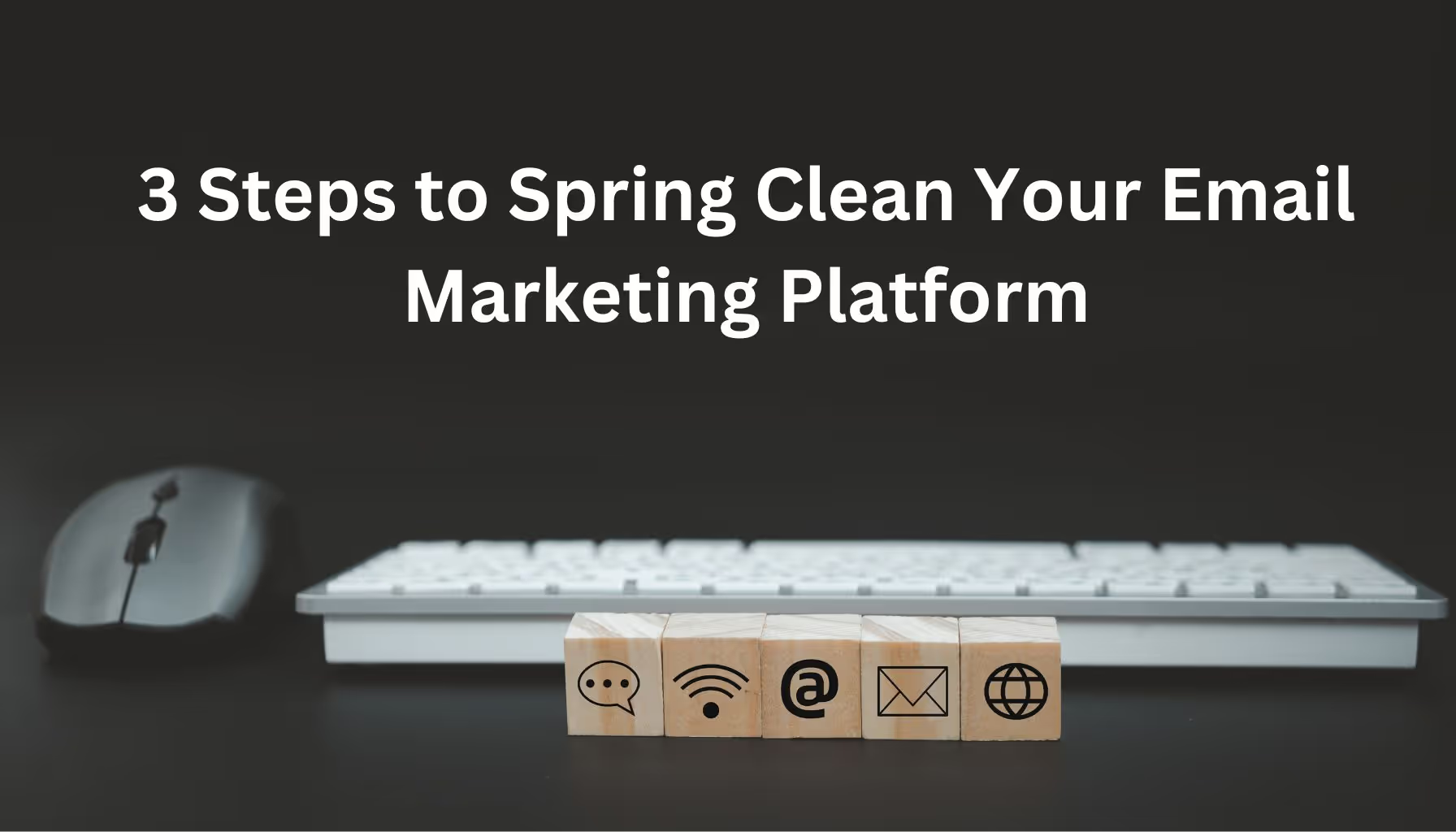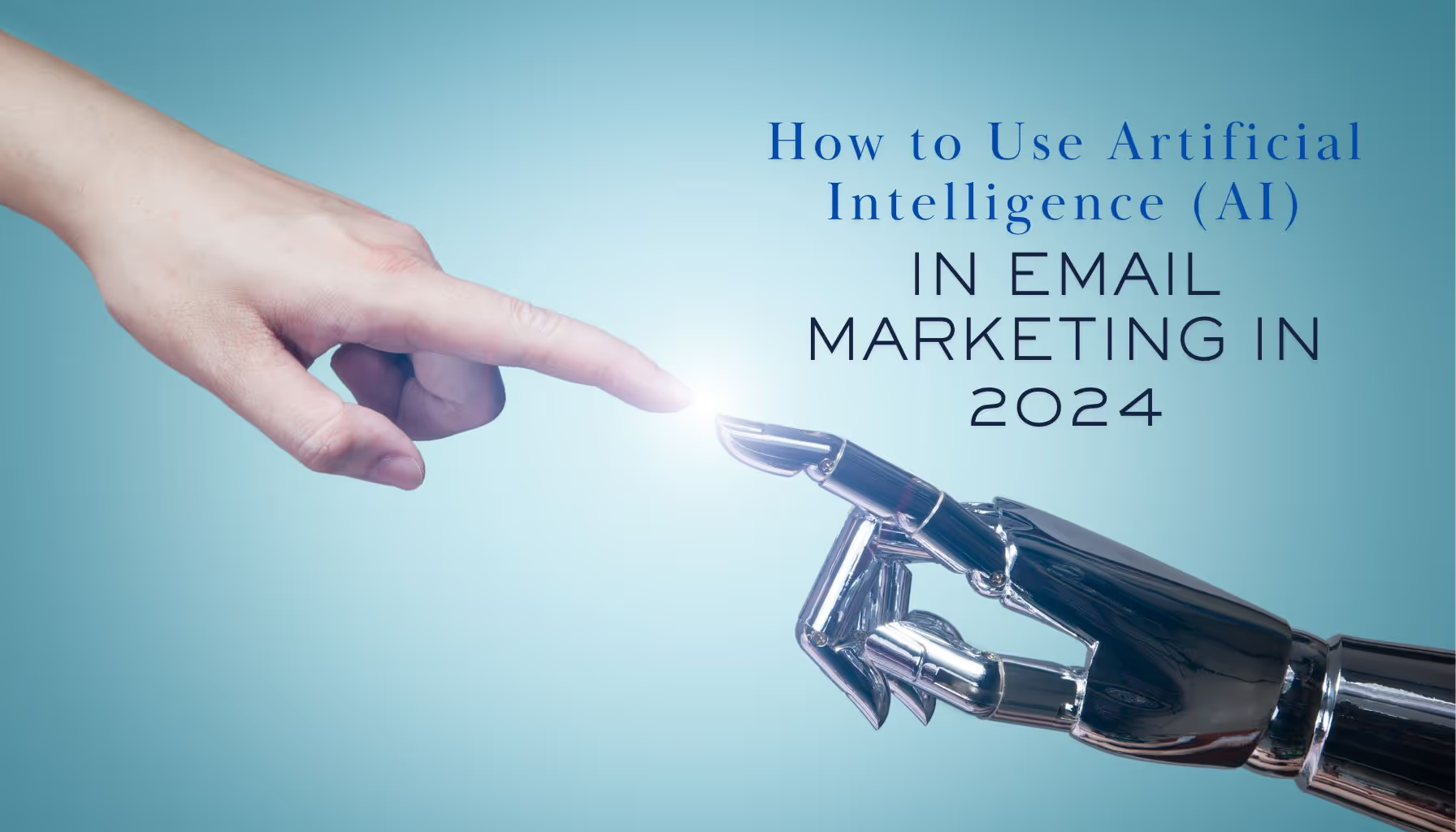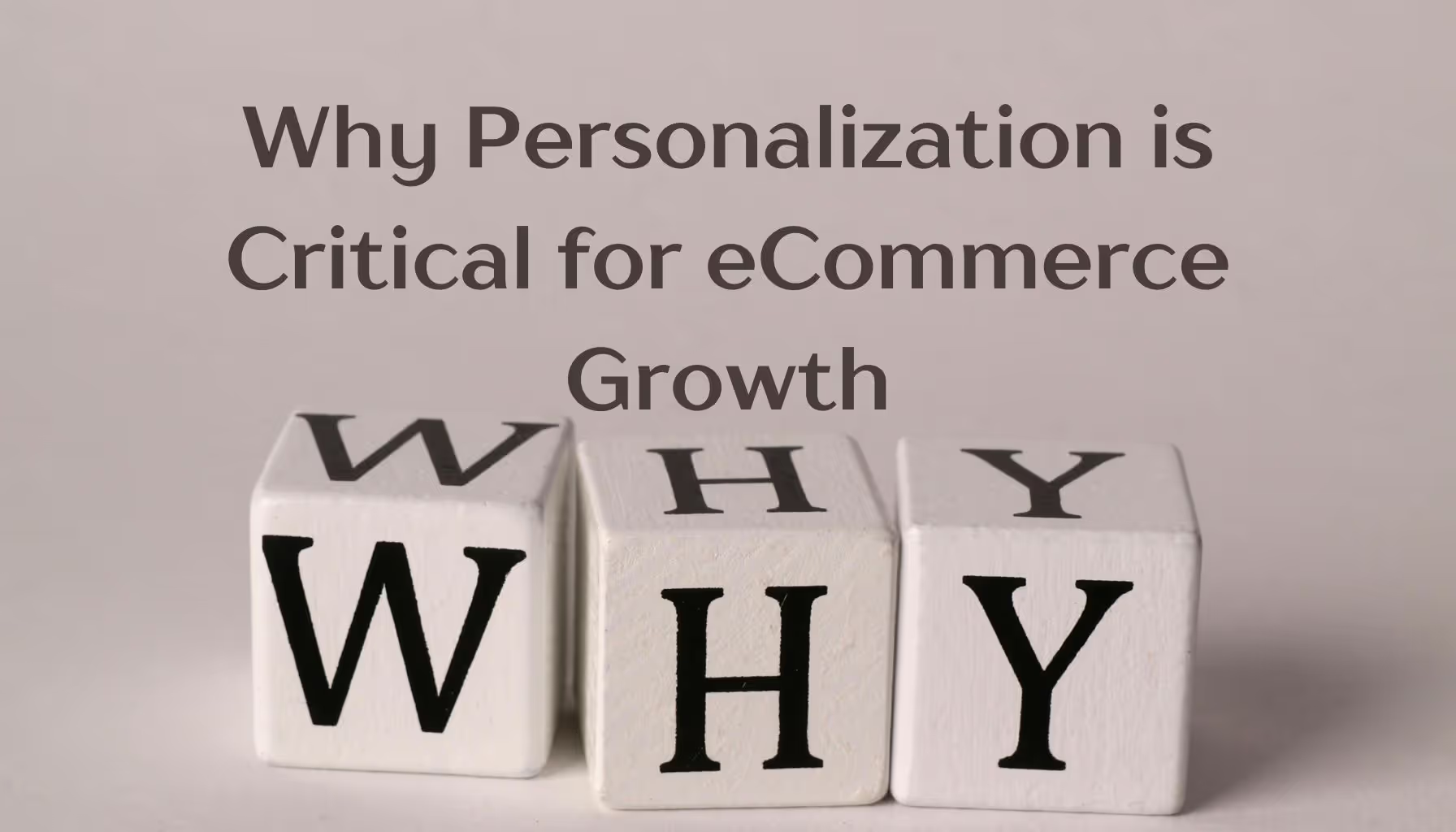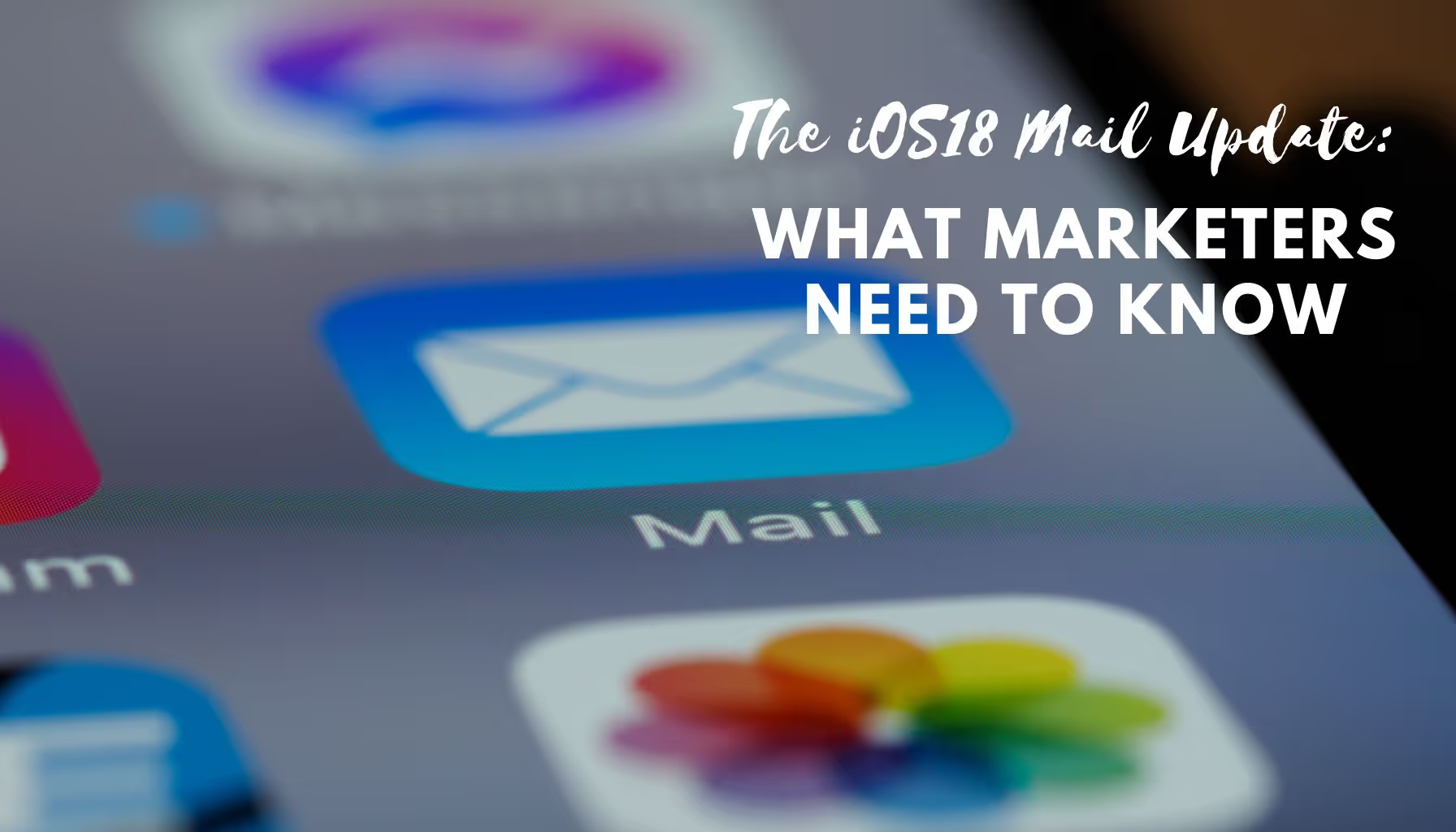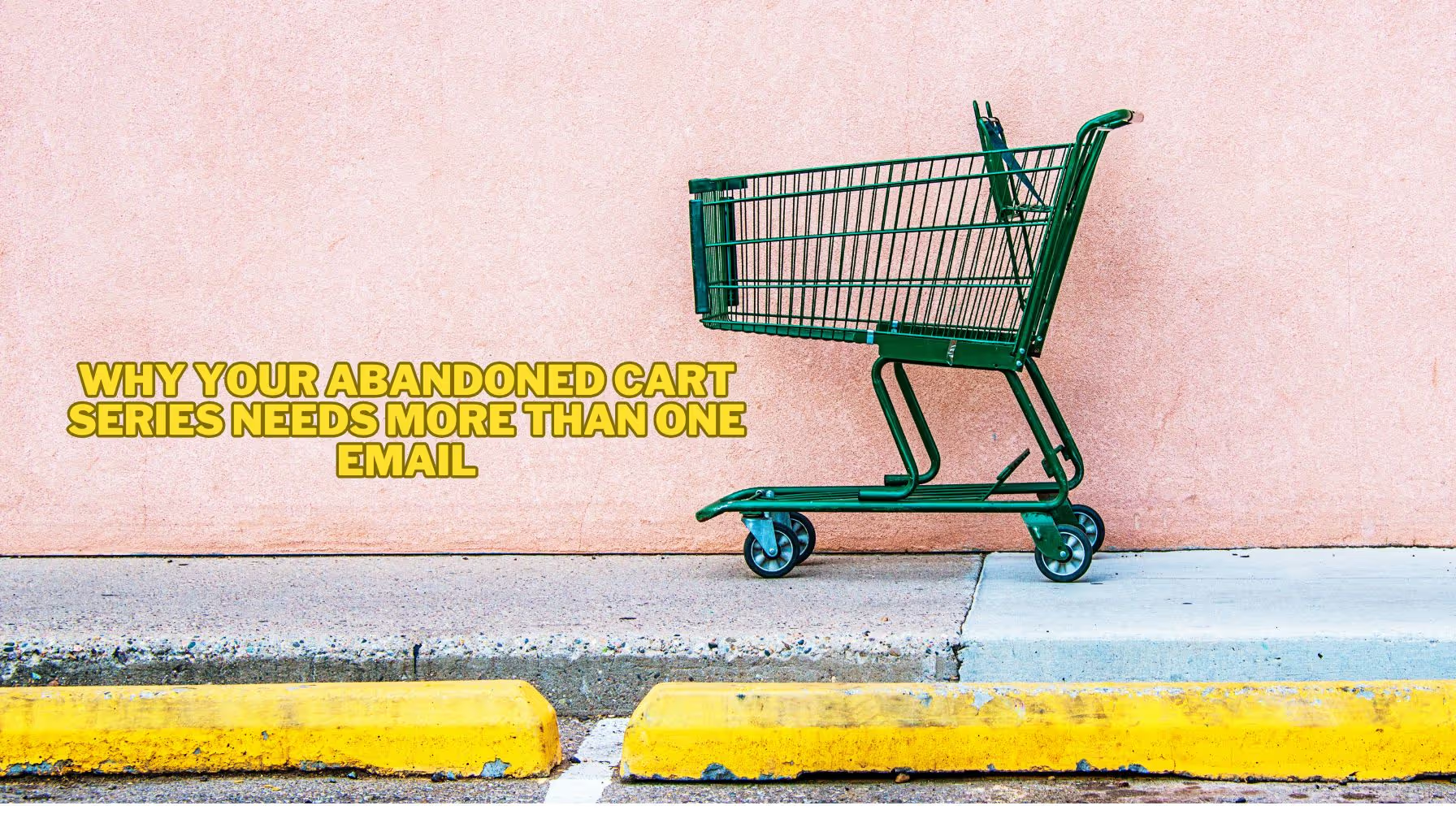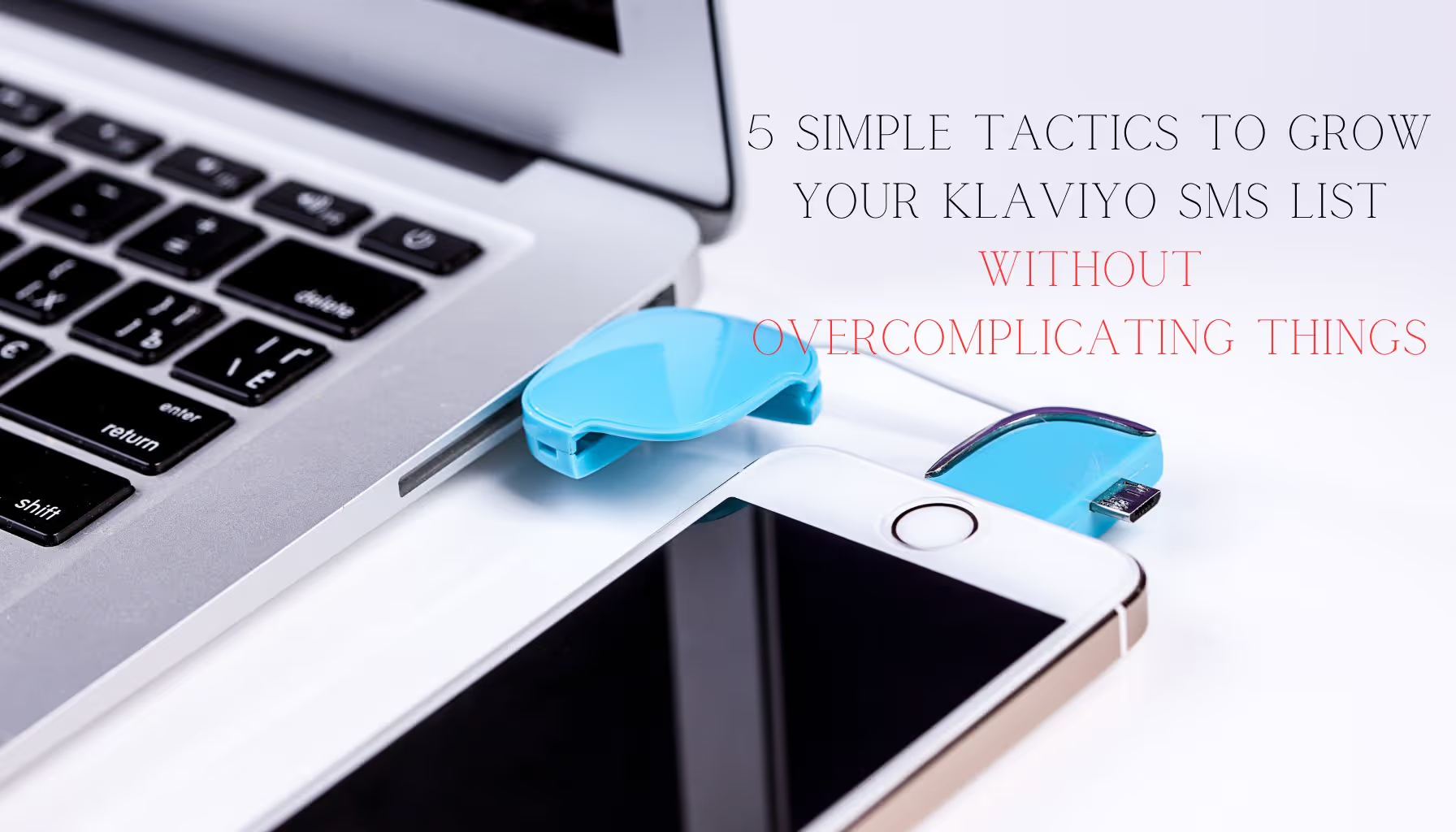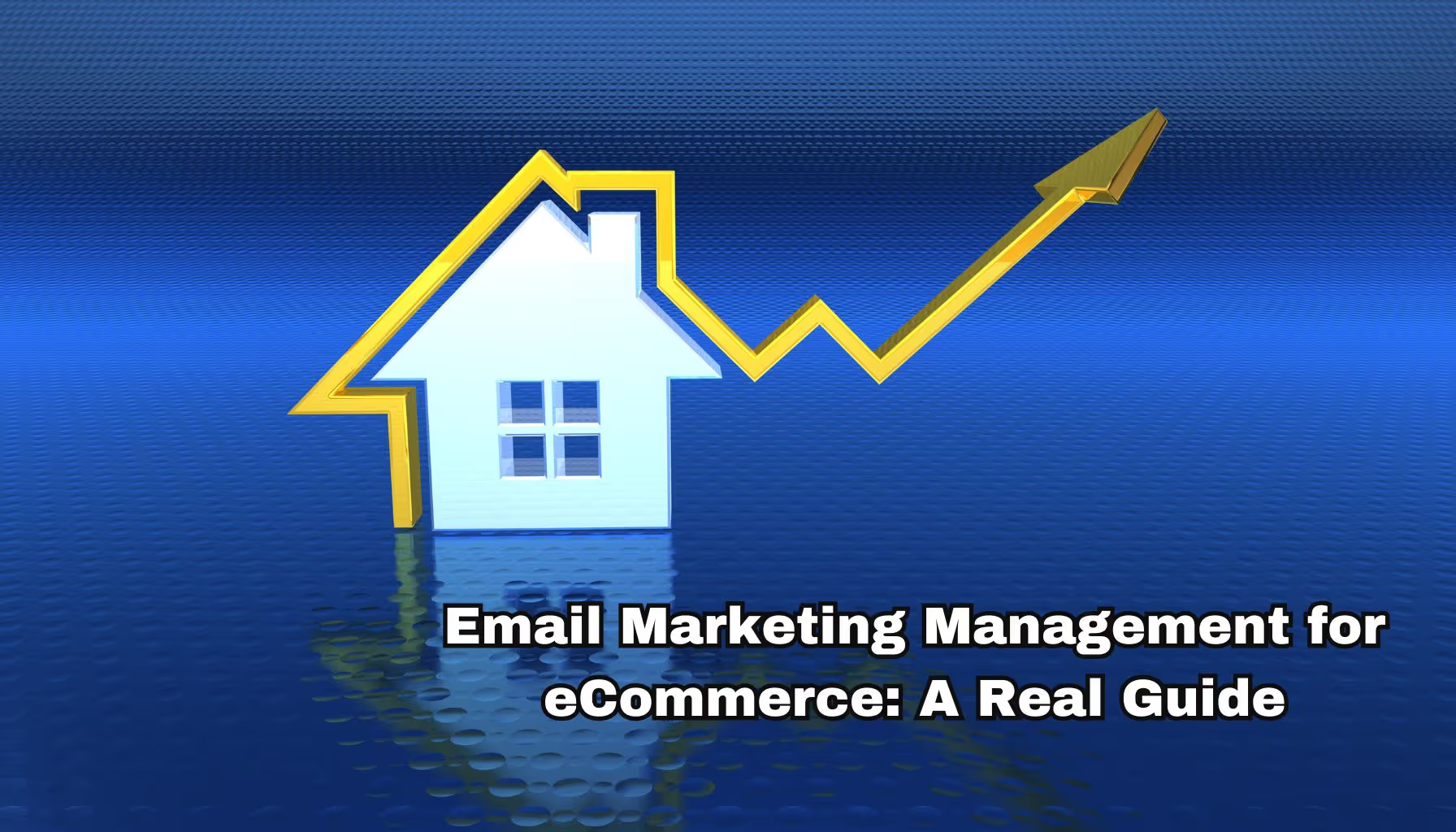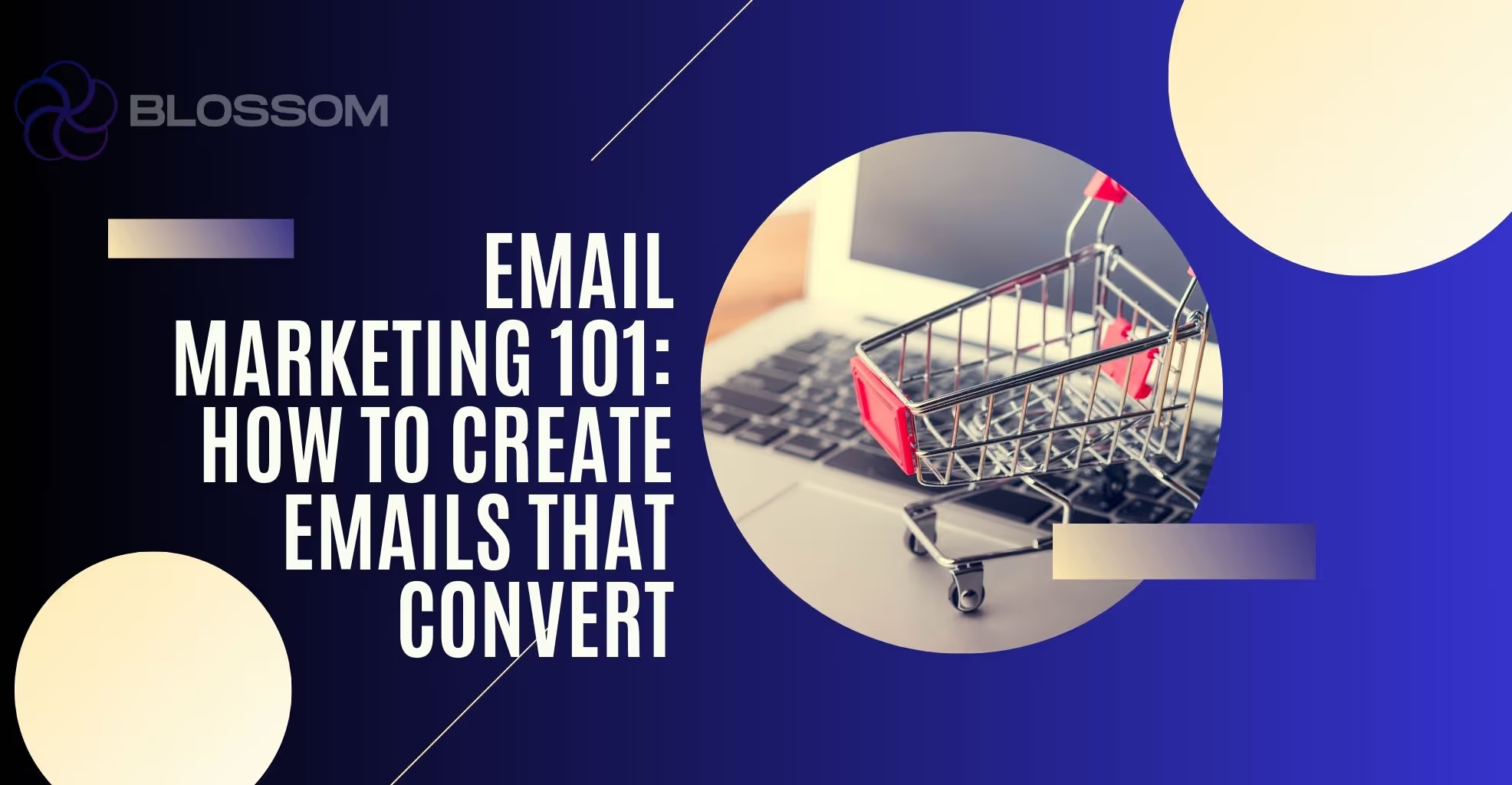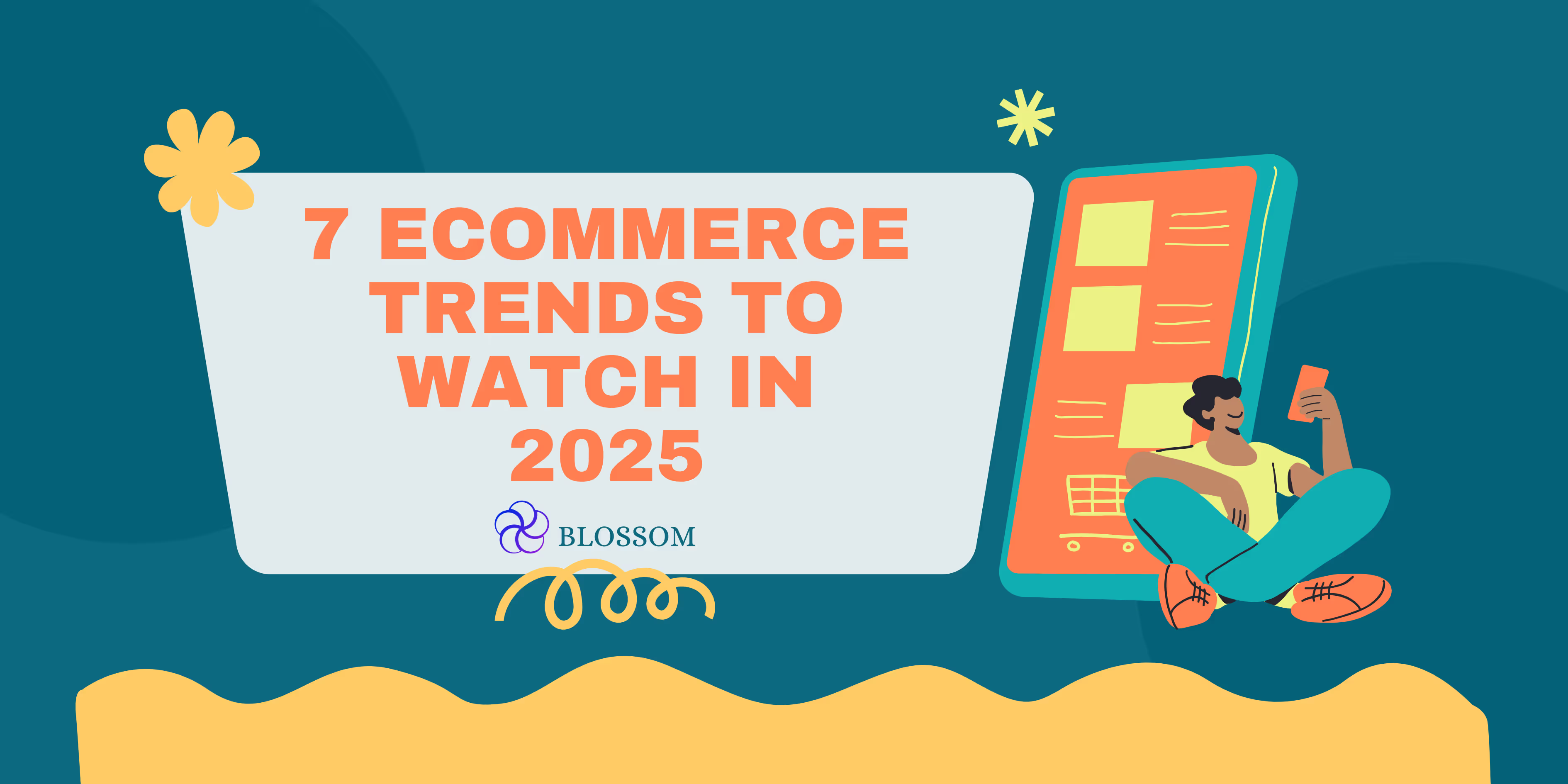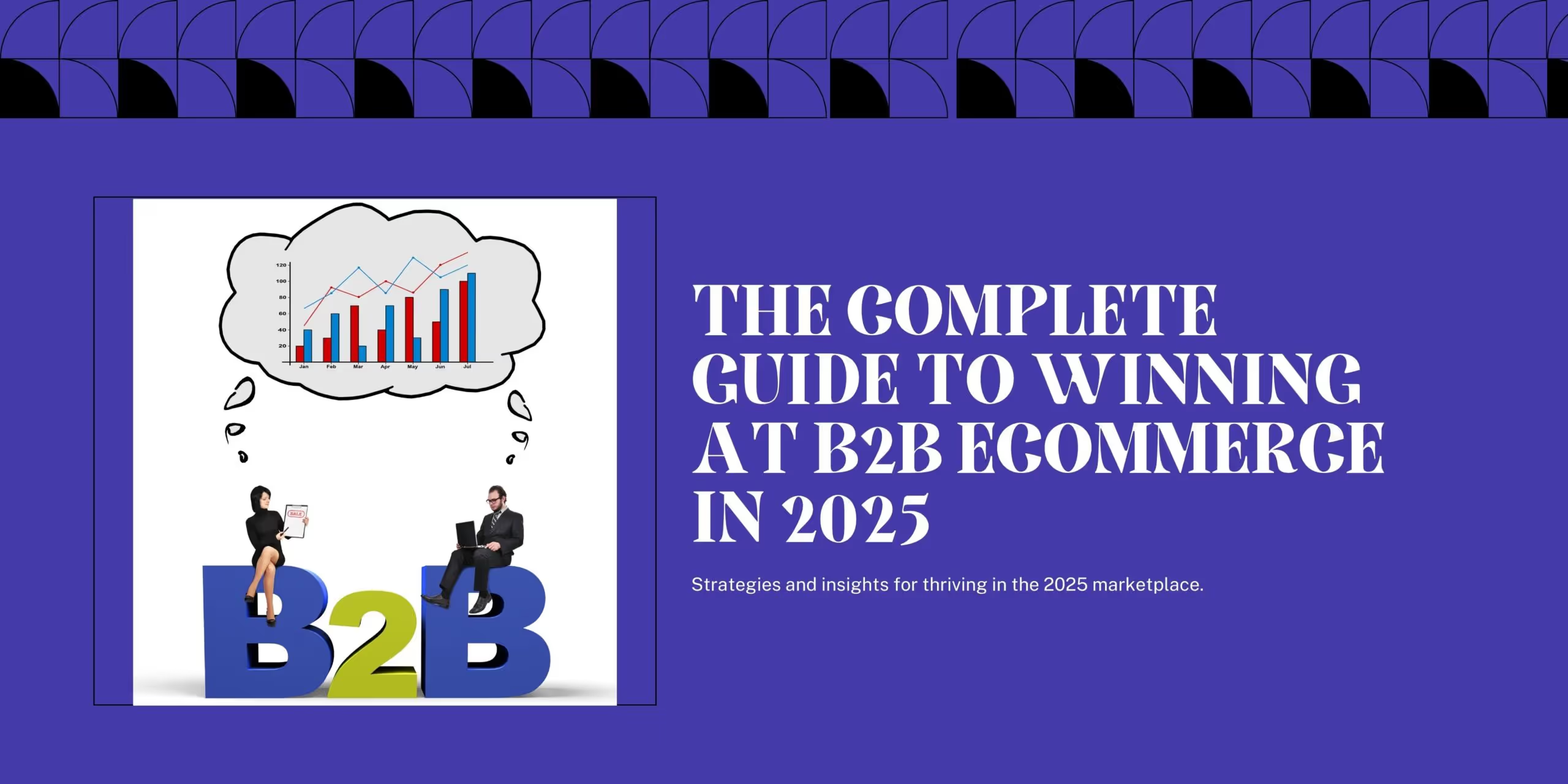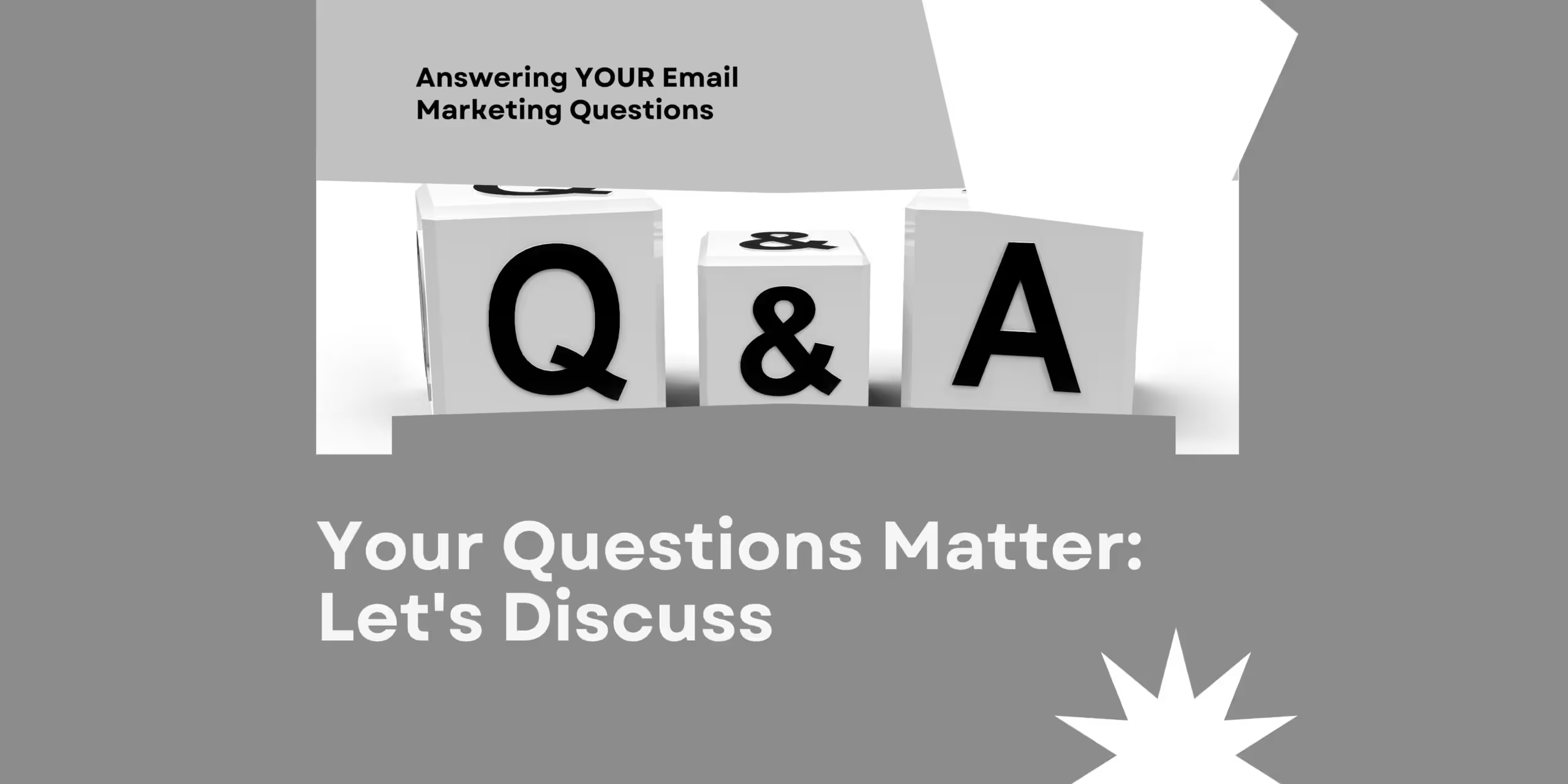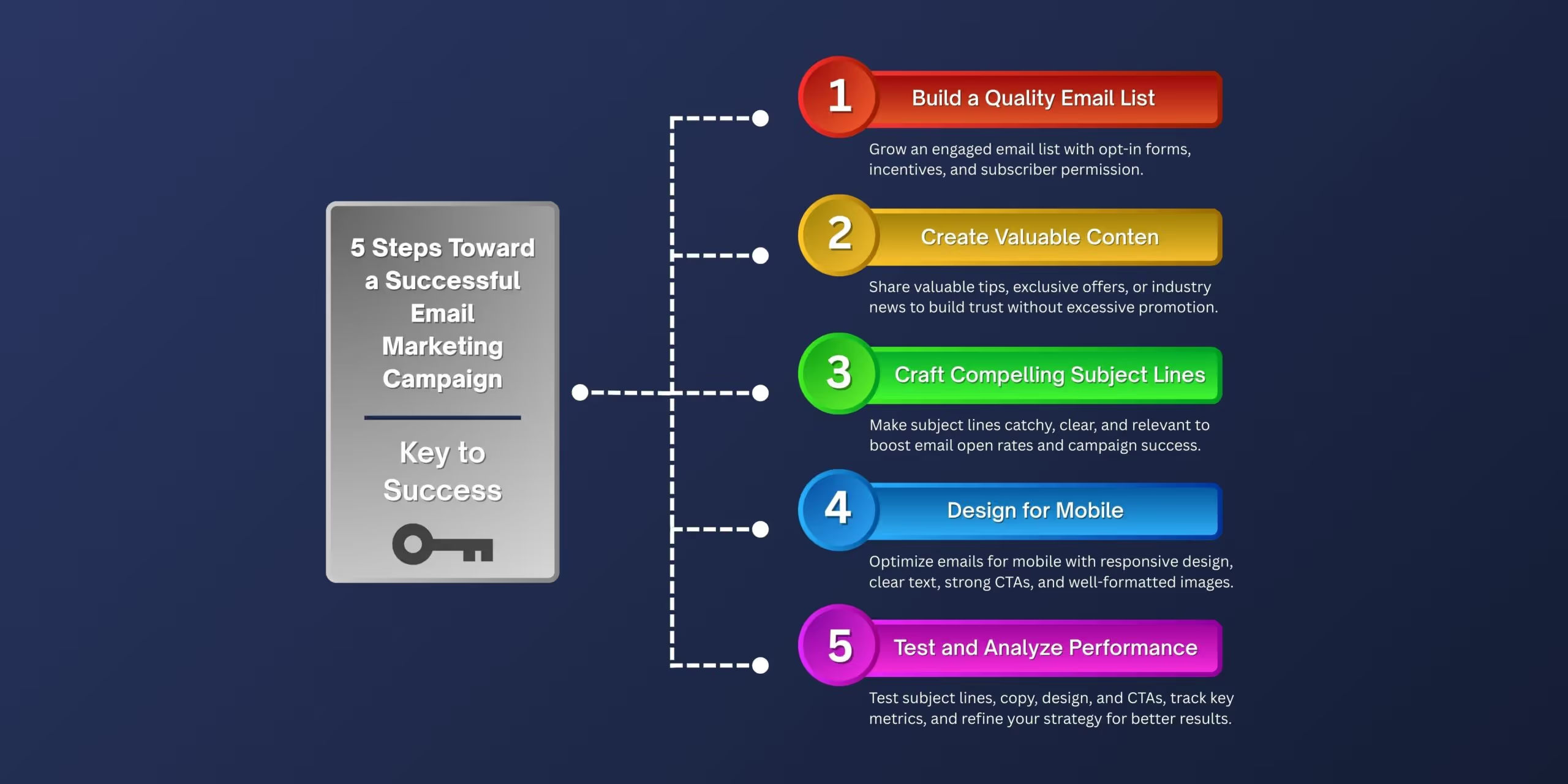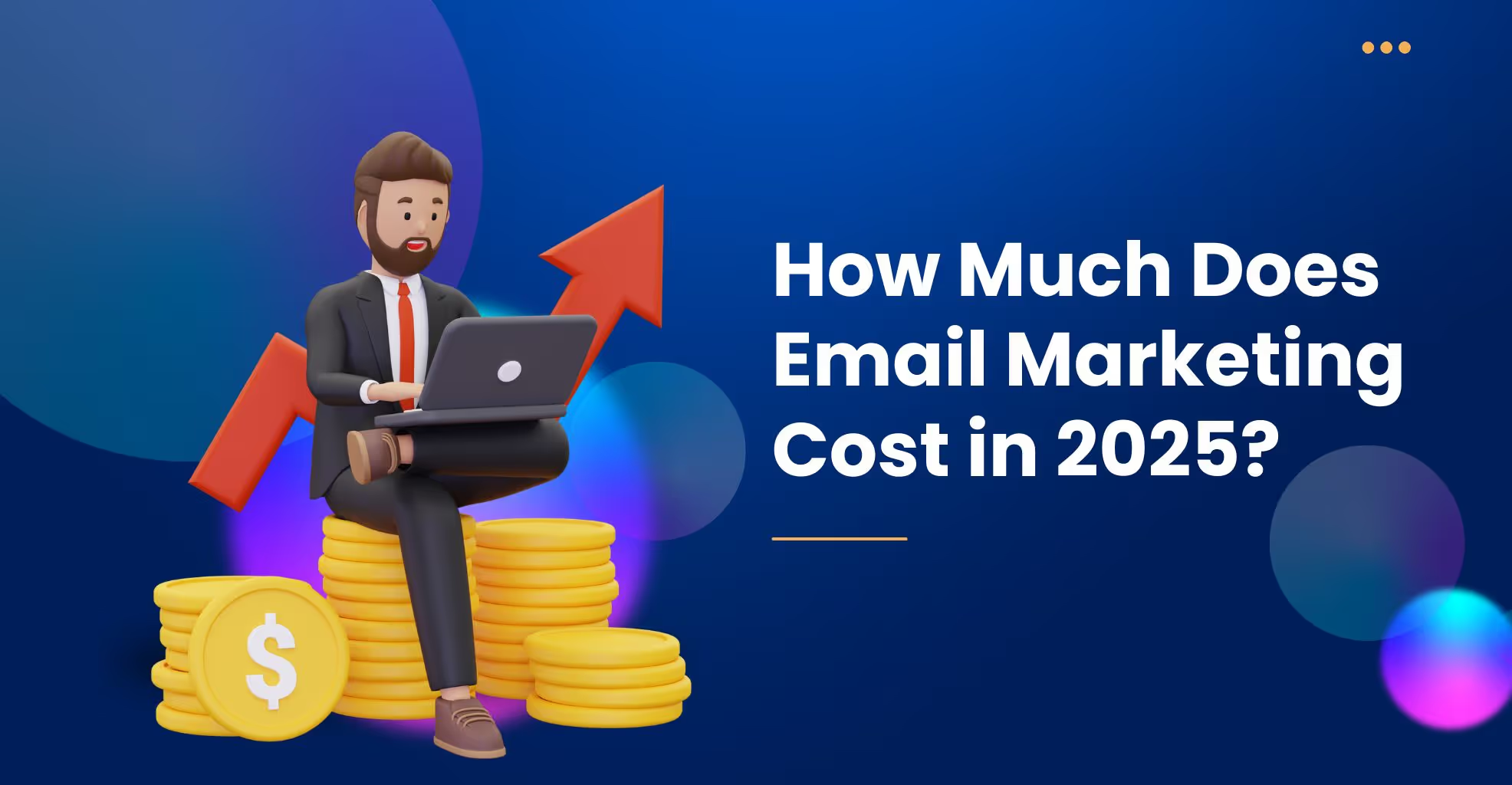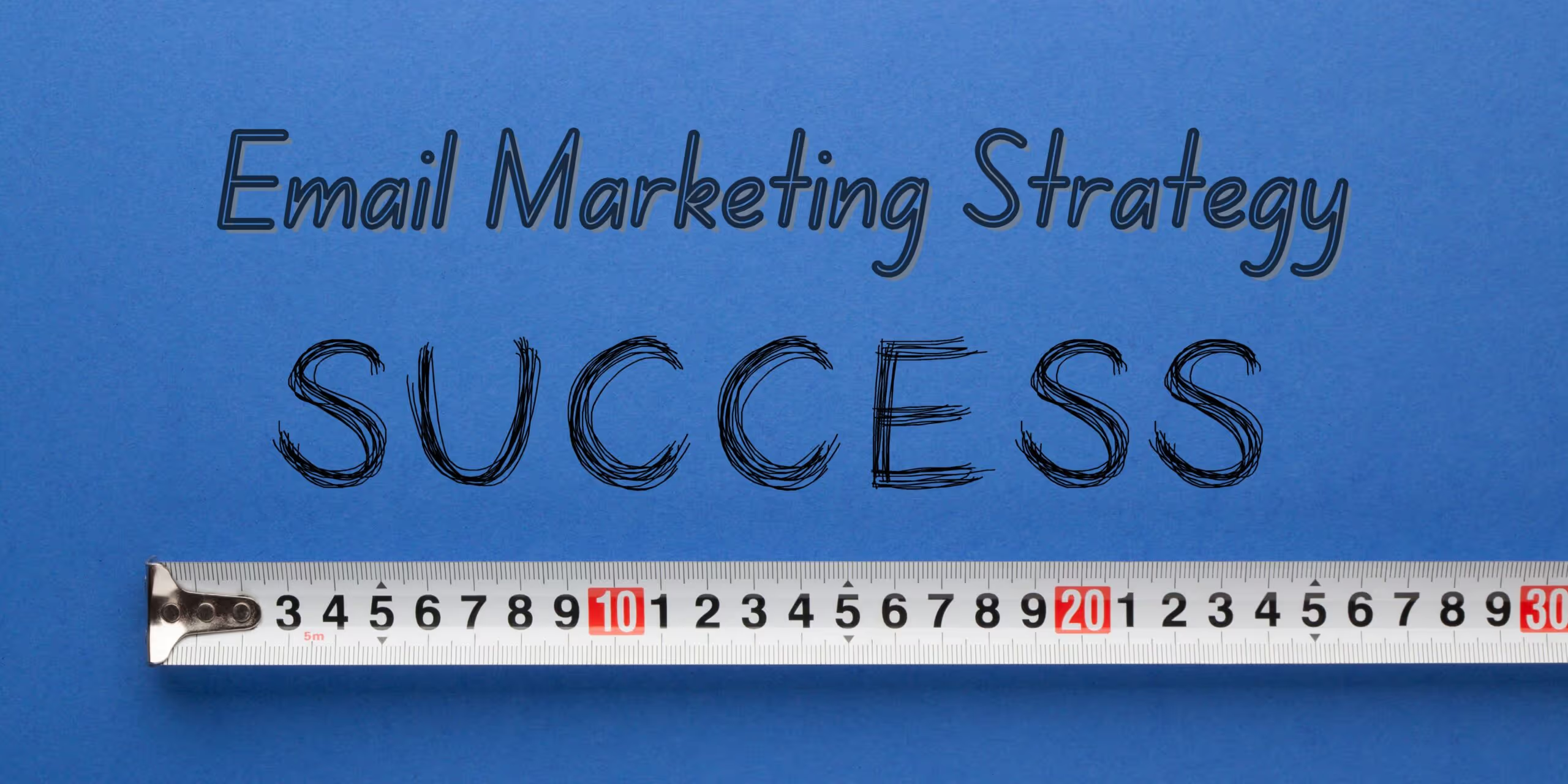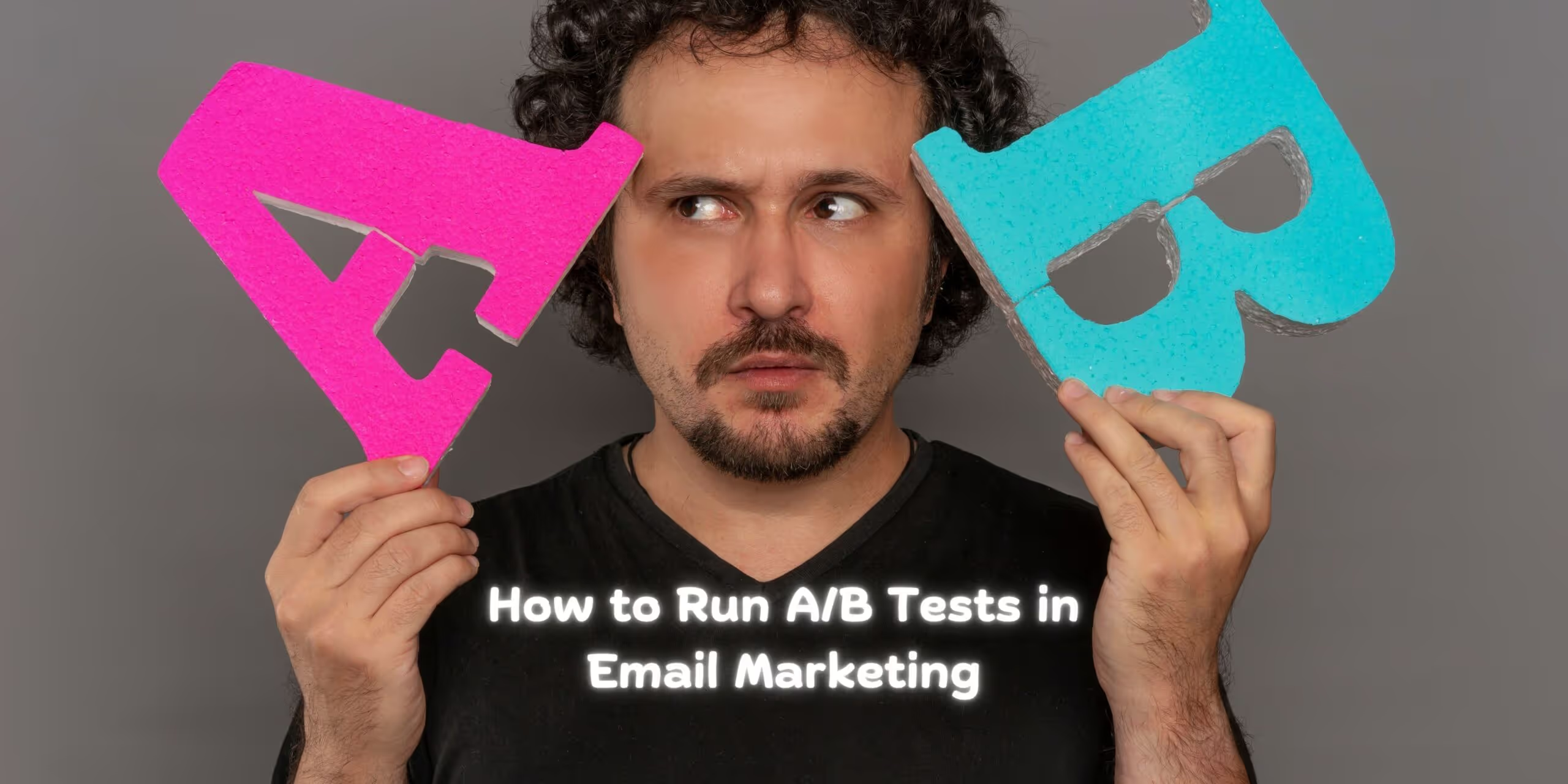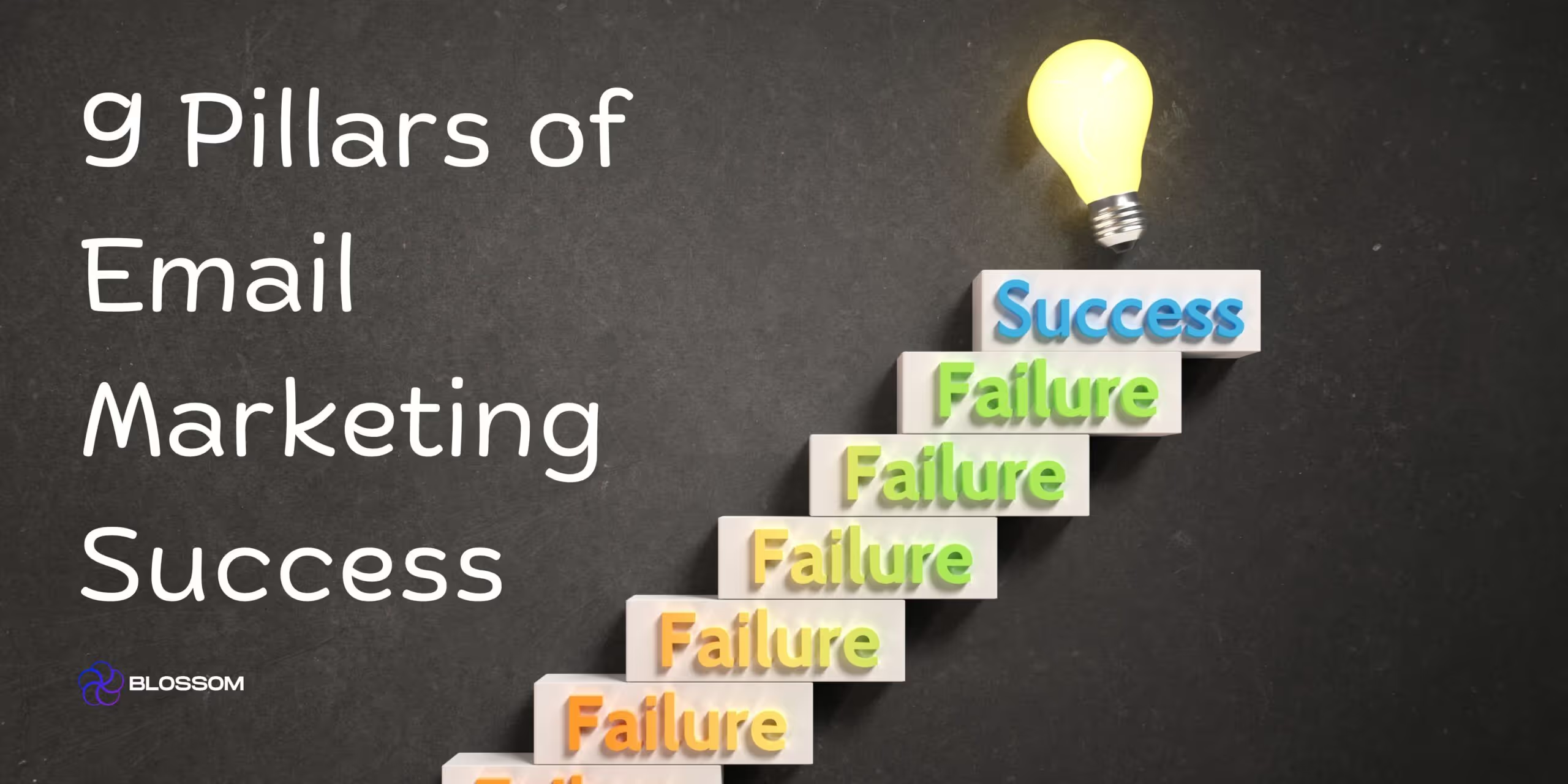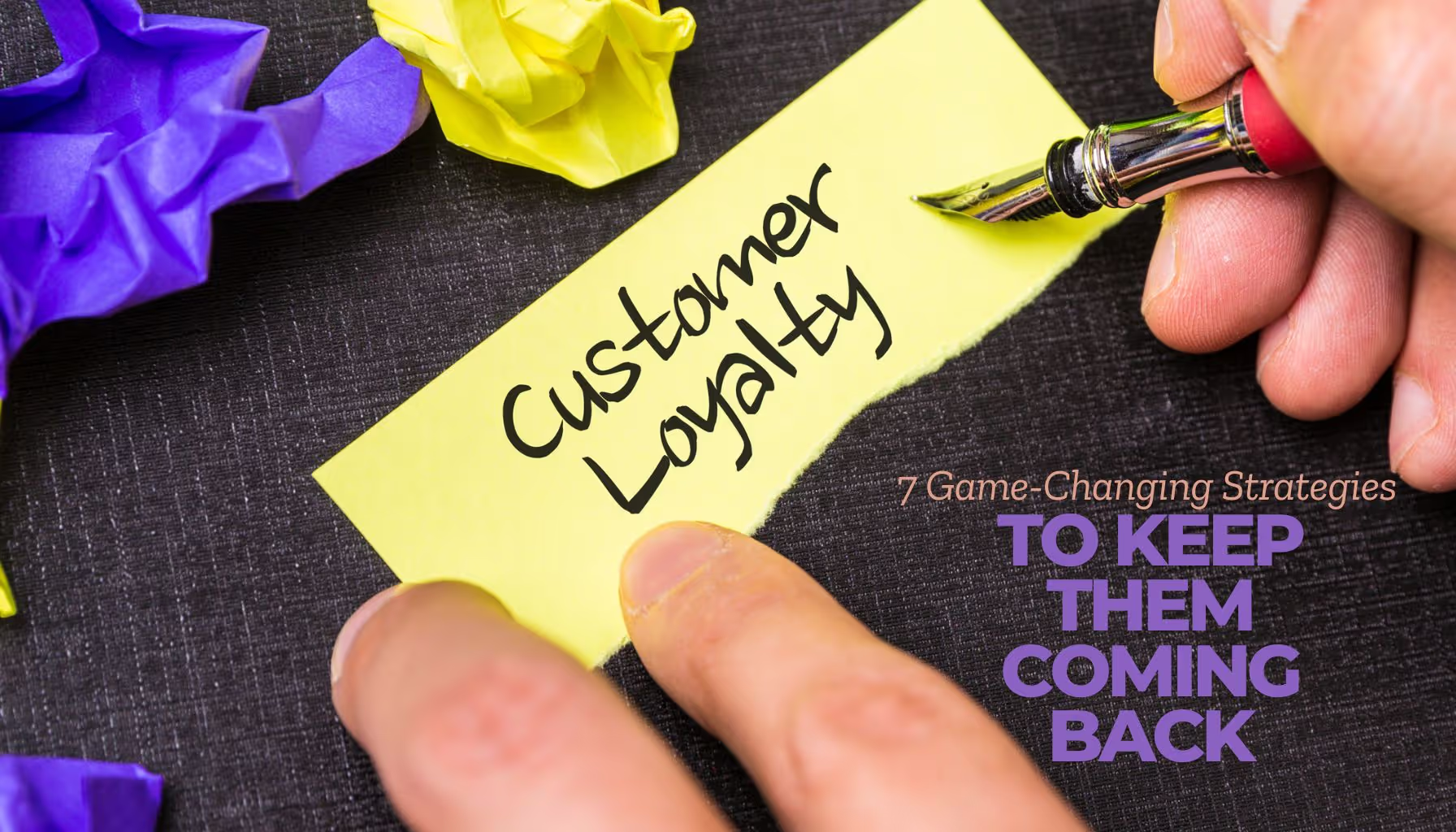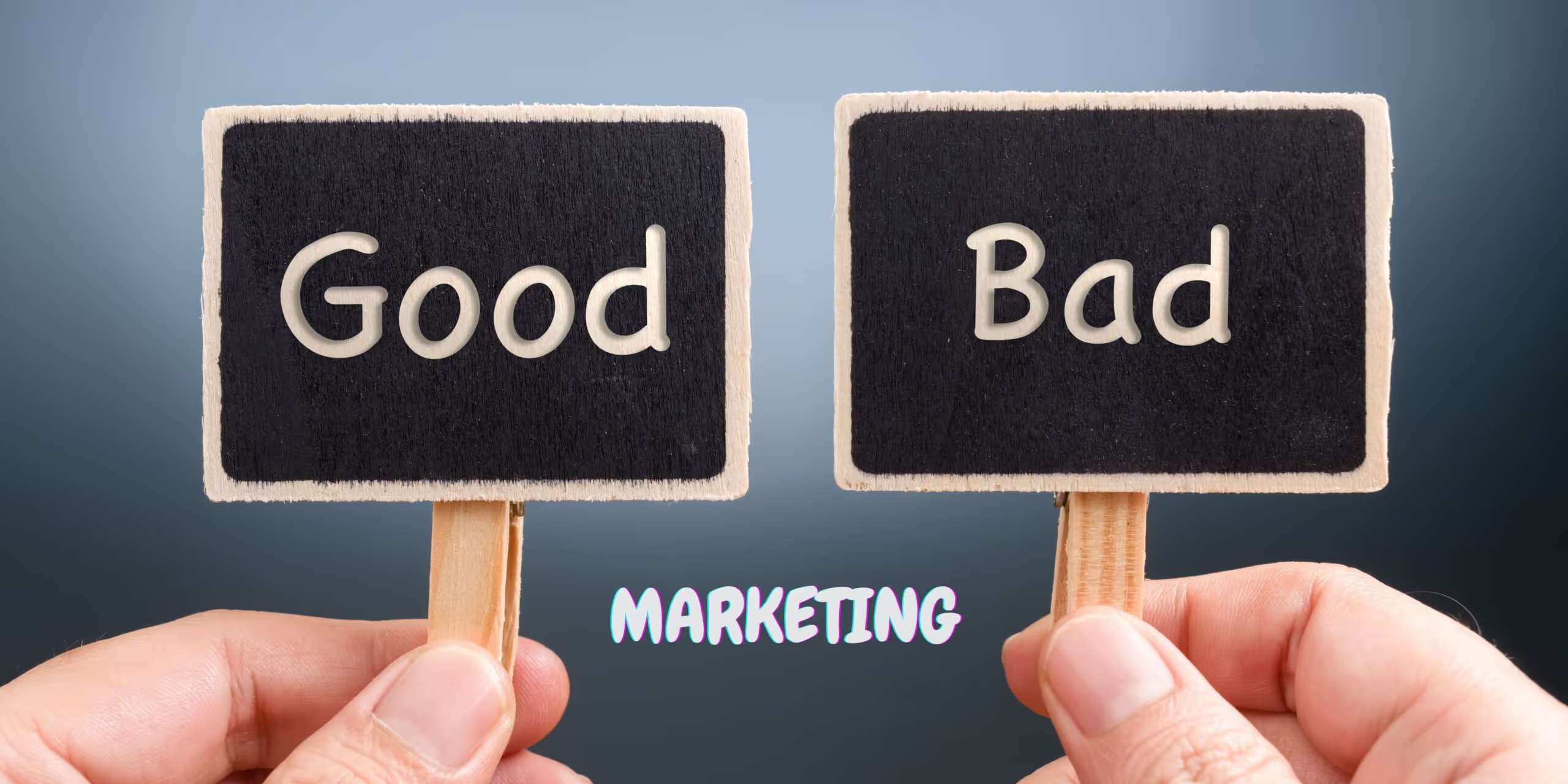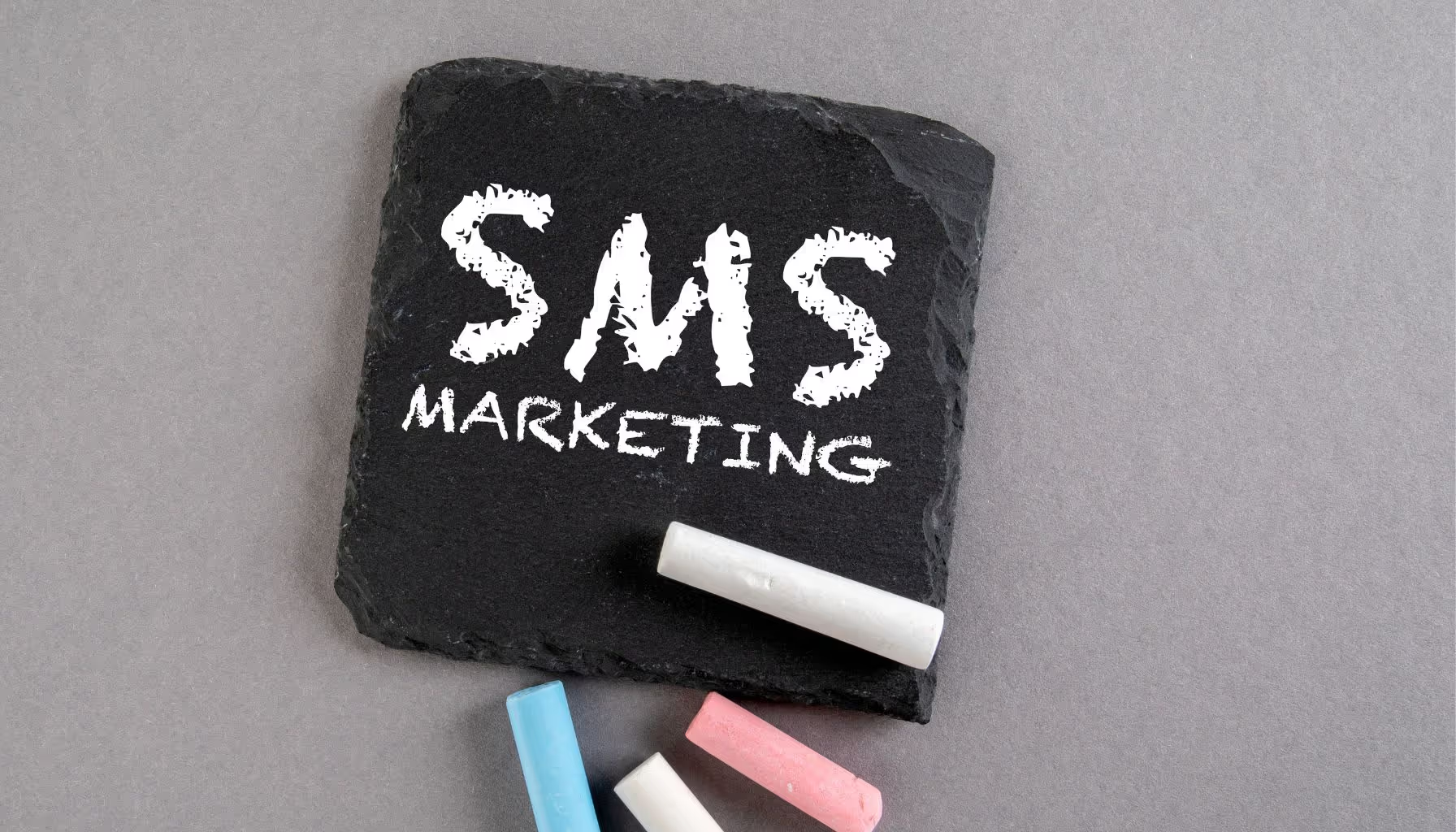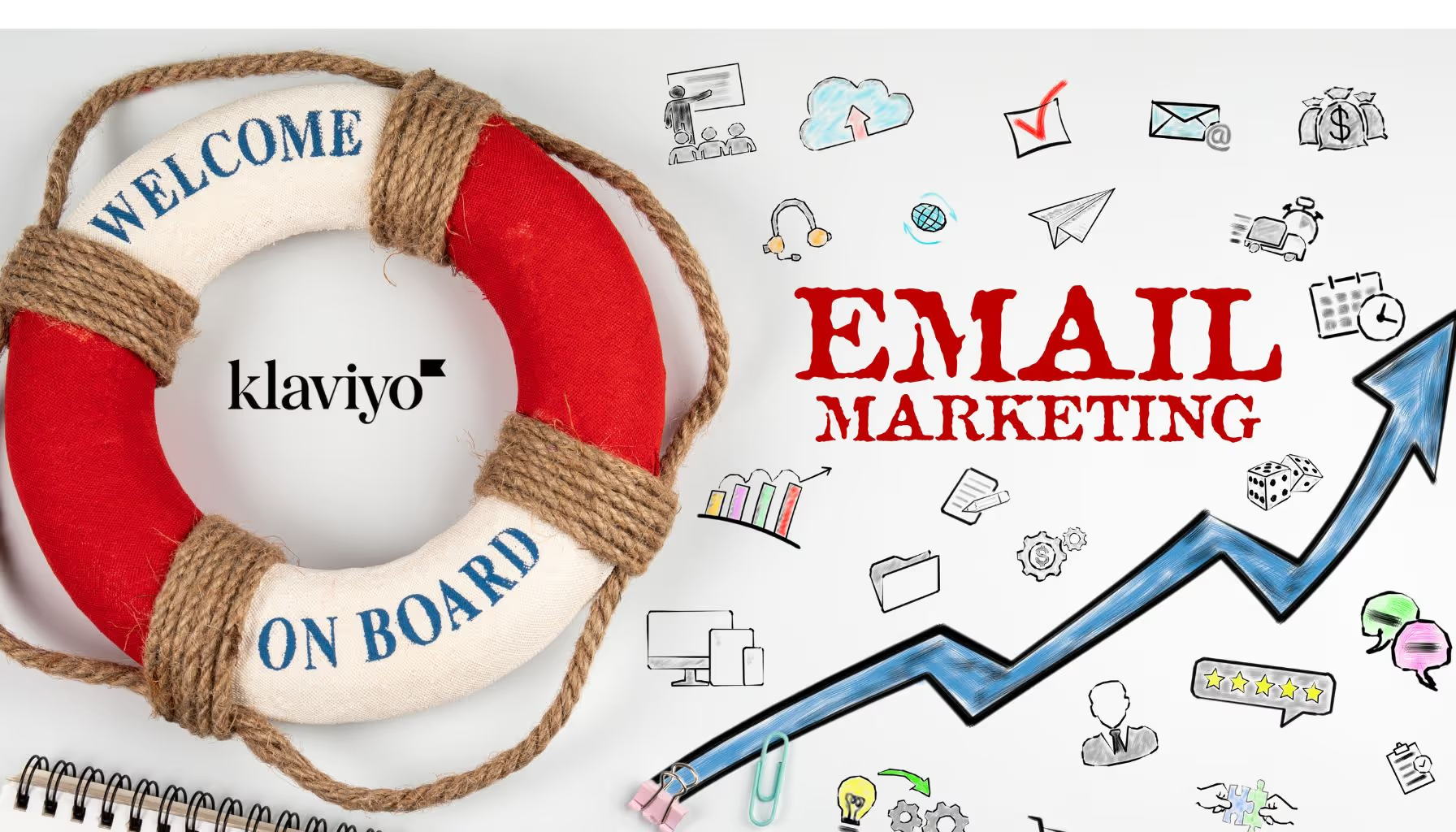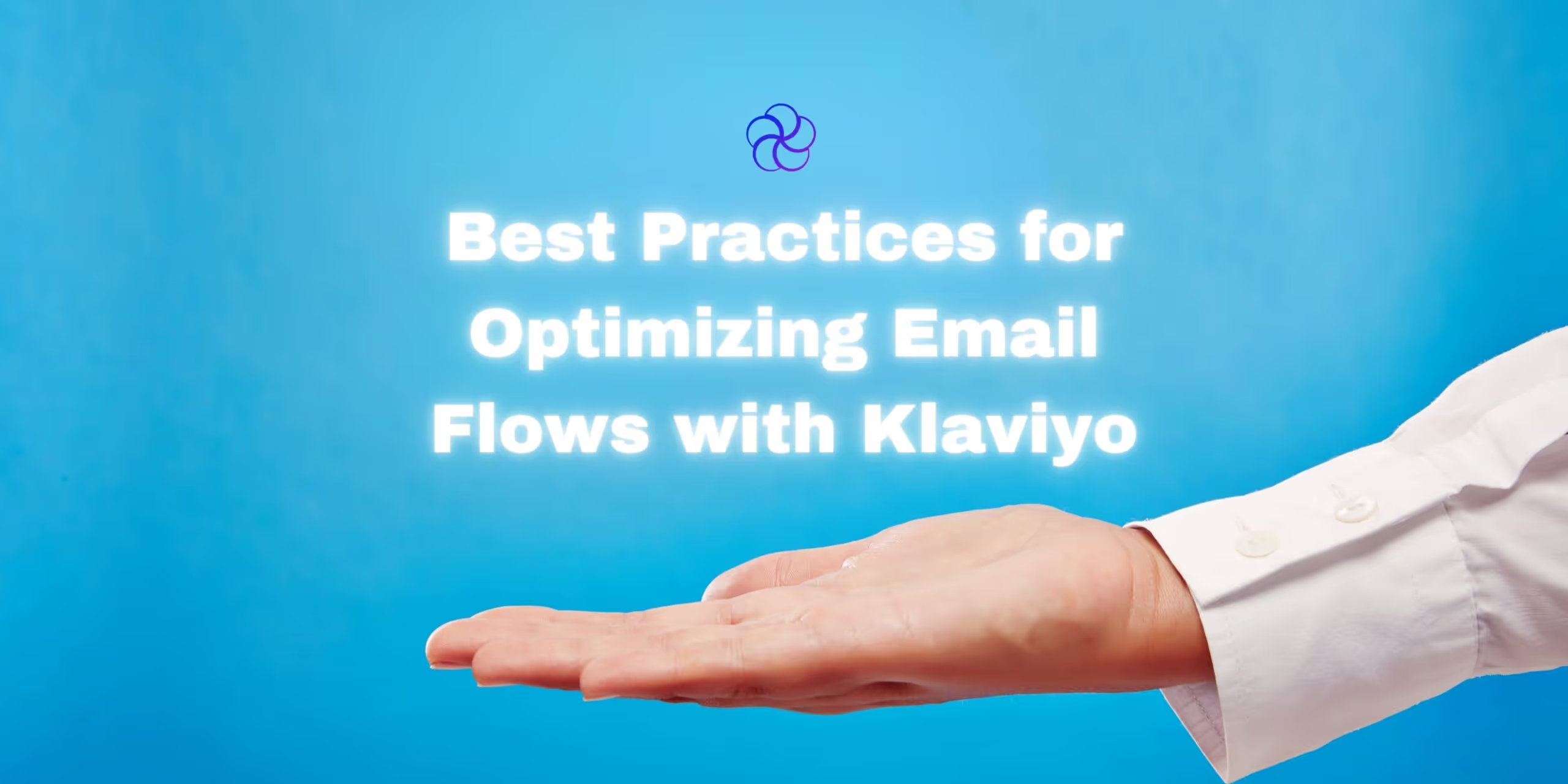Glossary
| Term | Definition |
|---|---|
| Product Page | A dedicated page showcasing a single product with details like description, price, images, and a purchase option. |
| Conversion Rate | The percentage of visitors who complete a purchase or desired action. |
| A/B Testing | A method to compare two versions of a page to see which performs better. |
| Scannability | The ease with which visitors can scan and absorb content on a page. |
| Lifestyle Photography | Photos showing products in use, helping customers visualize the product in their own life. |
| Hero Image | The main visual that captures immediate attention, often placed at the top of a product page. |
| Product Variants | Different versions of a product, such as sizes or colors. |
| Mobile Optimization | Ensuring your page design and content are responsive and function well on mobile devices. |
| Trust Signals | Elements like reviews, badges, guarantees, and return policies that increase customer confidence. |
| SEO (Search Engine Optimization) | Strategies to improve a page’s ranking on search engines. |
Introduction: Why Product Pages Are Your Digital Sales Reps
Your product page is not just another part of your website—it’s your most valuable real estate. It’s where customers go from curious to convinced, and where your storytelling, photography, and marketing strategy meet to make a sale. Optimizing your product pages can increase your conversion rates, reduce bounce, and build long-term brand trust.

Let’s break down exactly what makes a product page great—and how to build one that sells.
1. Write Killer Product Descriptions That Sell Emotion and Detail
A strong product description is more than specs—it’s persuasive sales copy in disguise.
Tap Into Buyer Psychology
Use language that appeals to:
- Emotion: “Stay warm and stylish during chilly commutes.”
- Urgency: “Only a few left in stock!”
- Status: “Join thousands who trust our premium essentials.”
Be Specific and Sensory
Avoid: “Made from high-quality material.”
Use: “Made from buttery-soft bamboo fabric that feels smooth against the skin and resists pilling over time.”
Use a Dual Format
Intro Paragraph Example
“This eco-friendly yoga mat features a non-slip grip and extra cushioning for joint support—perfect for both beginners and seasoned yogis.”
Bullet Points Example
- Dimensions: 72″ x 24″ x 6mm thickness
- Made from biodegradable, non-toxic materials
- Sweat-resistant and easy to clean
- Comes with a free carrying strap
SEO Tip:
Include long-tail keywords naturally within descriptions, such as:
- “breathable summer workout tank top for women”
- “vegan leather minimalist wallet with RFID protection”
2. Invest in Better Product Photography That Builds Trust
Great visuals reduce uncertainty and increase desire. A customer can’t touch your product online—photos must do the convincing.
Tips for Professional-Quality Photos
- Use natural lighting or a lightbox setup
- Keep a consistent background (white or on-brand color)
- Maintain a cohesive style across all listings
- Include at least 5–7 images per product
Tools for DIY Product Photography
- Lightroom for editing
- Canva Pro for adding branding overlays
- Remove.bg to clean up backgrounds
3. Add Product Videos That Convert Browsers into Buyers
Videos can boost conversions by up to 86%, according to Wyzowl. Why? They simulate real-life interaction and answer customer questions visually.
Tips for Effective Product Videos
- Keep under 60 seconds
- Add subtitles for silent viewing
- Optimize for mobile orientation
- Feature your brand logo and CTA
Bonus Idea:
Use interactive video with clickable hotspots to let users explore features in real time.
4. Display Clear, Bold Calls-to-Action
Don’t make users hunt for the “Add to Cart” button—make it impossible to miss.
CTA Placement Best Practices
- Position above the fold
- Use contrasting colors for visibility
- Repeat the CTA after the description and near reviews
- Keep the text clear: “Add to Cart,” “Buy Now,” “Get Yours”
Consider Secondary CTAs:
- “Add to Wishlist”
- “Save for Later”
- “Try Now, Pay Later”
5. Add Social Proof: Reviews, Ratings & UGC
Social proof is one of the strongest psychological triggers you can use. Don’t just say it’s great—show that others agree.
Types of Social Proof to Use
- Star Ratings (use schema markup!)
- Written Reviews with images
- Verified Buyer Tags
- Video Testimonials
- User-Generated Content (UGC) from Instagram or TikTok
Review Tools You Can Use:
- Loox
- Judge.me
- Yotpo
- Stamped.io
Encourage photo reviews with incentives like discount codes or loyalty points.
6. Optimize for SEO and Page Speed
On-Page SEO Elements
- Use descriptive URLs (e.g., /products/mens-running-shoes)
- Optimize meta titles and meta descriptions
- Add alt text to all images
- Include semantic keywords in H2s, H3s, and bullets
- Use schema markup for rich search results
Speed & Performance
- Compress images without quality loss (use TinyPNG or Squoosh)
- Avoid third-party scripts that slow down the page
- Use lazy-loading for videos and images
7. Mobile-Optimize Everything
With over 60% of traffic coming from mobile, a poor mobile experience can kill conversions.
Mobile Optimization Checklist
- Responsive image scaling
- Clickable buttons with thumb-friendly spacing
- Fast loading times (<3s)
- Mobile-friendly layout for CTAs, descriptions, and reviews
Use Google’s Mobile-Friendly Test tool to audit your product pages.
8. Build Trust with Guarantees, Returns, and Security Signals
People won’t buy if they don’t trust your store.
Trust Signals That Matter
- 30-Day Money-Back Guarantee
- Free Returns
- SSL Certificate (HTTPS and secure payment logos)
- Transparent Shipping Info
- Live Chat Availability
Display this information clearly, preferably near the product summary or CTA.
Final Thoughts: Your Product Page is Your Best Salesperson
Every product page is a chance to win a sale—or lose one. By investing in better content, visuals, structure, and trust signals, you transform a passive listing into an active sales tool. Follow the steps above, implement them consistently, and your online store will not just attract traffic—it will convert like never before.
Frequently Asked Questions (FAQ)
1. How many images should a product page have?
At least 5–7 images: hero shot, multiple angles, close-ups, lifestyle images, and a size comparison if applicable.
2. What’s the ideal length for a product description?
Aim for 150–300 words: a compelling paragraph followed by clear bullet points.
3. Do product videos really increase conversions?
Yes—studies show they can boost conversions by up to 86% by increasing trust and reducing uncertainty.
4. Should every product have a review section?
Absolutely. Even a few authentic reviews can boost conversions. Verified photo reviews are even more powerful.
5. How can I make my product page mobile-friendly?
Use responsive design, compress media, and test layouts on real mobile devices. Prioritize speed and tap targets.
6. What is product schema markup, and why is it important?
It’s structured data that helps Google display rich snippets—like price, reviews, and availability—directly in search results.
Need help implementing this?
Let us take the hassle of managing your email marketing channel off your hands. Book a strategy call with our team today and see how we can scale your revenue, customer retention, and lifetime value with tailored strategies. Click here to get started.
Curious about how your Klaviyo is performing?
We’ll audit your account for free. Discover hidden opportunities to boost your revenue, and find out what you’re doing right and what could be done better. Click here to claim your free Klaviyo audit.
Want to see how we’ve helped brands just like yours scale?
Check out our case studies and see the impact for yourself. Click here to explore.

Read Our Other Blogs
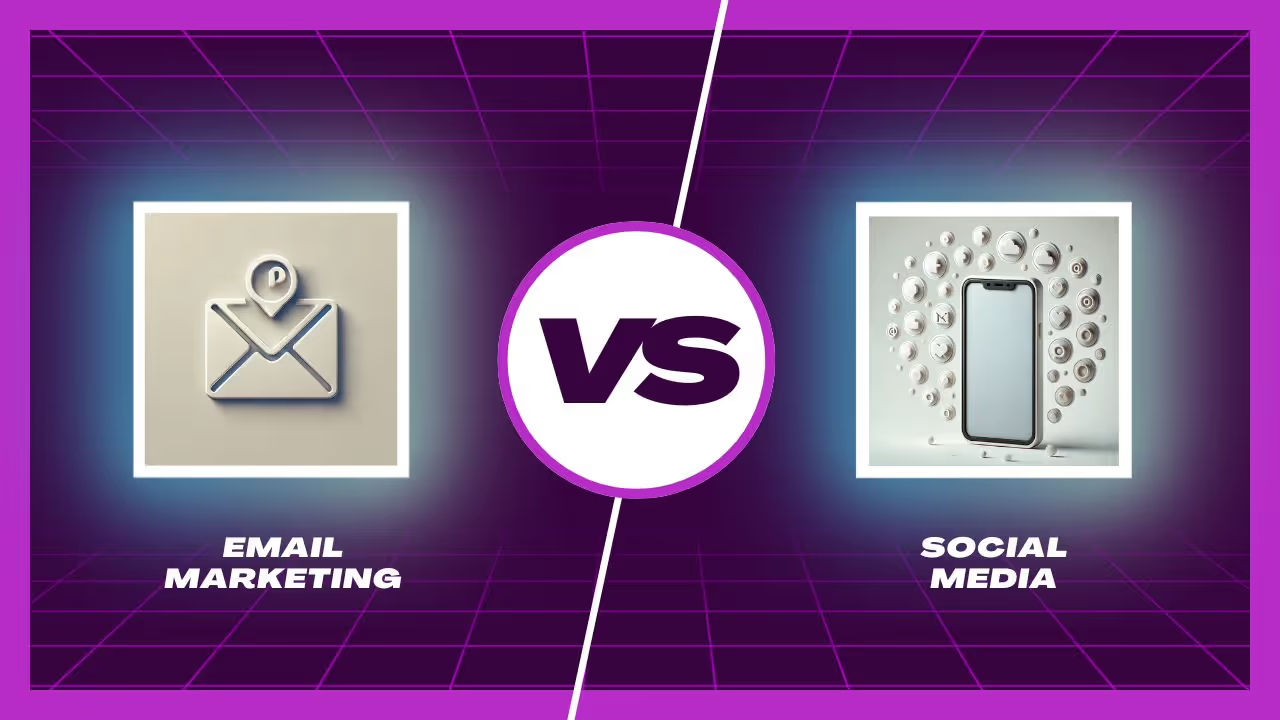
Email Marketing vs. Social Media: Which One Should Your Brand Focus On?


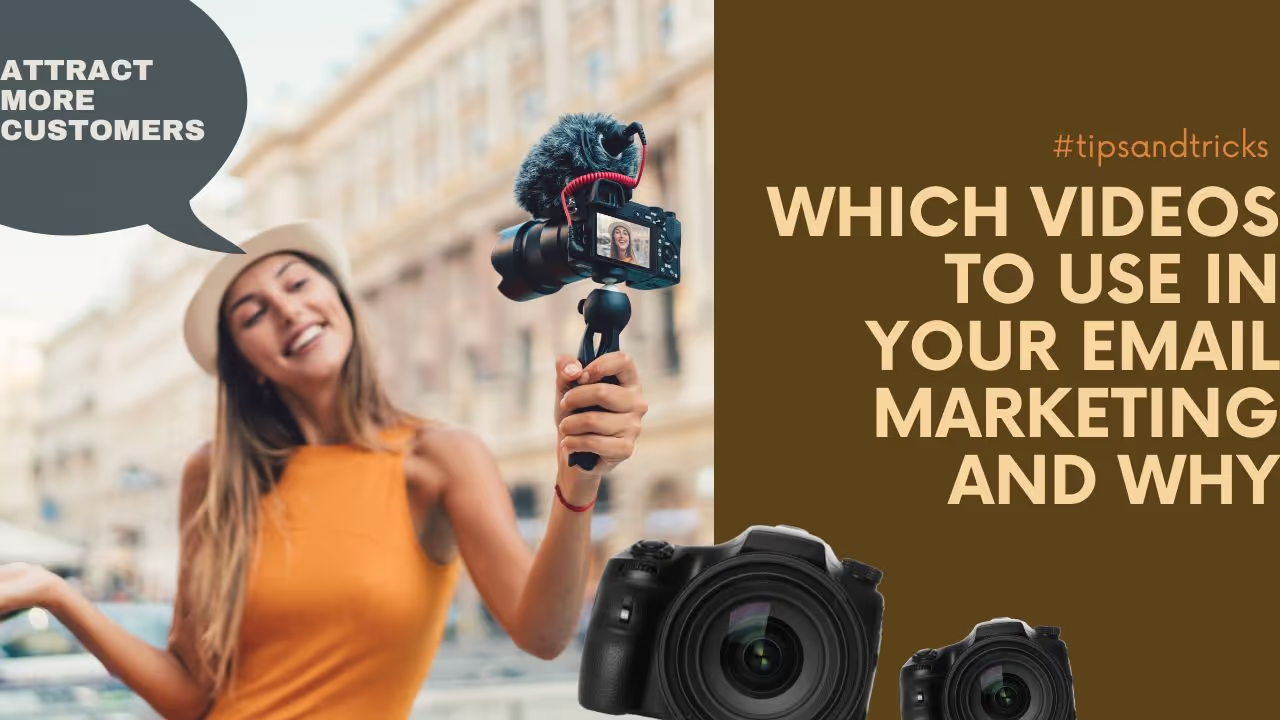
Attract More Customers: Which Videos to Use in Your Email Marketing and Why


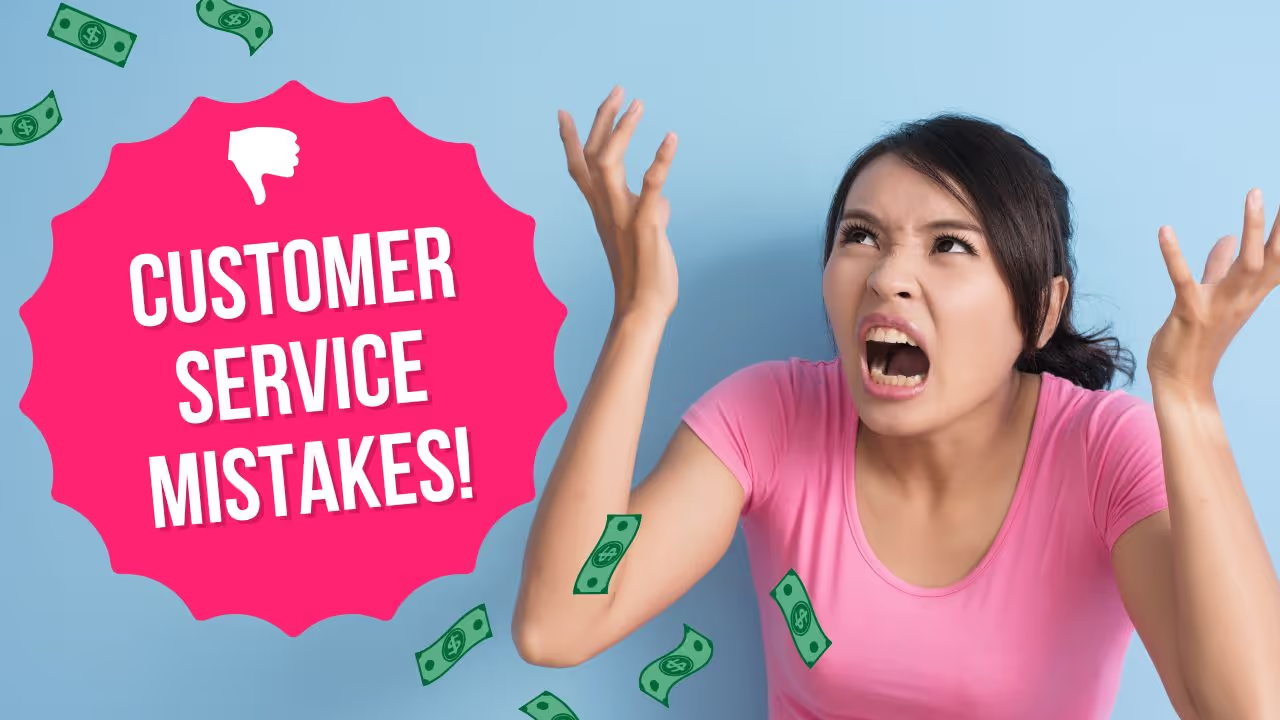
8 eCommerce Customer Service Mistakes You NEED to Stop Making (Like, Yesterday)




Not Sure Where to Start?
Let's find the biggest retention opportunities in your business. Get a free Klaviyo audit or retention consultation.






